A Study Into Adaptive Gaming


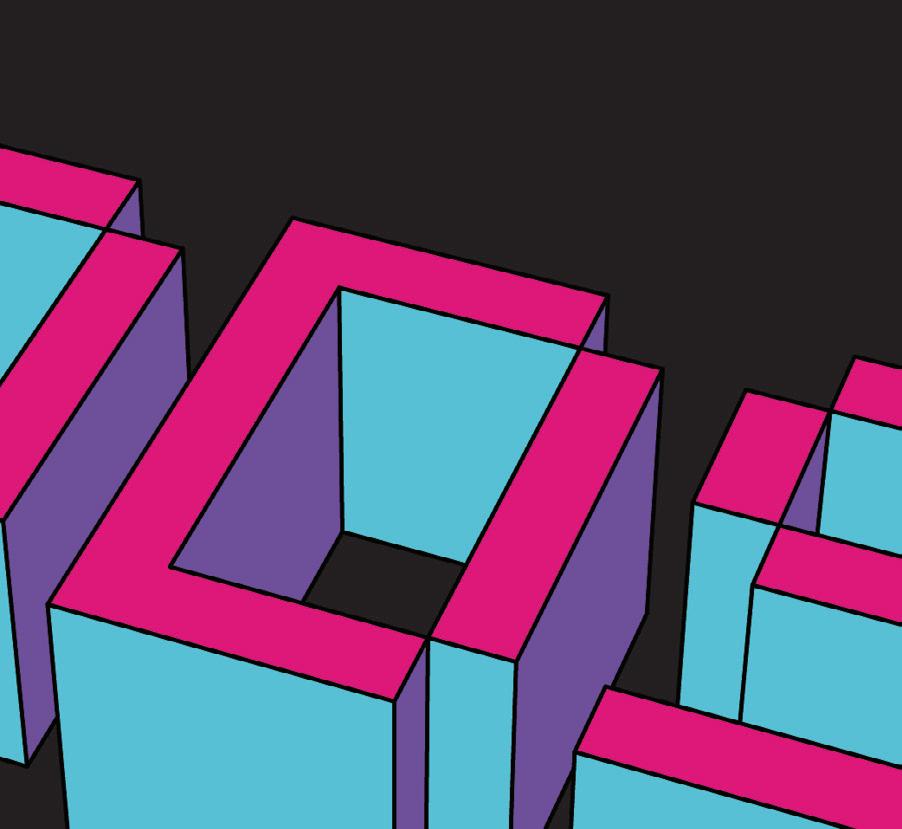
Jose “Achi” Martin

3
Mods: a Study into Adaptive Gaming
Copyright 2023 Jose Martin
All rights reserved. No part of this book will be reproduced or transmited in any form or by any means electronically or mechanically, including photocopying, and video recording without permission from the publisher, Jose “Achi” Martin and Products of Design.
This document was concieved, designed and produced by Jose “Achi” Martin.
To see more, visit www.josemartindesigns.com
MFA Products of Design
School of Visual Arts
136 West 21 Street, New York, NY 10011 www.productsofdesign.sva.edu
4
5
Jose “Achi” Martin Author and Designer
Allan Chochinov Chair, MFA Products of Design Sam Potts
Thesis Advisor
6
7 TABLE
CONTENTS 01. INTRODUCTION 02. ABOUT ME 03. RESEARCH 04. IDEATION AND PROTOTYPING 05. HACKS 06. HACKS INTERACTIVE WORKSHOP 07. DISRUPT MODE 08. PLAYMAKER 09. AKNOWLEDGEMENTS 10. REFERENCE MATERIAL 09 15 19 27 49 65 97 131 153 157
OF
8
9 01
01
INTRODUCTION INTRODUCTION
INTRODUCTION
I remember when I was a kid watching my big brother play Nintendo, holding the controller in what I thought at the time was a very odd position to do it in. He would support the bottom of the controller with his right hand and press all of the buttons with his left hand. I remember thinking to myself “am I holding it wrong?” and not fully understanding why exactly he did that. His controller was diagonal to him, all raggedy looking, and I held mine with two hands and still get beaten by him so I would really doubt in my gaming techniques at the time. It is important to note that I was like 3 to 4 years old, so to me everything that he did and how he did it was the “normal” way to do it. Even so, that to this day I only know how to snap my fingers with my left hand, even though I’m right-handed, because my brother was the one that taught me how to do it.
As I grew up, I slowly started learning why he did things the way he did. You see, my brother suffered a pre-natal ischemic stroke that resulted in a semi-paralysis to his whole right side of his body. As a child he would attend physical therapy in order to exercise those muscles affected and gain balance and dexterity. Thankfully now a days he is able to run, do CrossFit, play basket-
10 01
ball and pretty much every other sport at a competitive level. 20 years have passed since my memory of him playing Nintendo and he still holds a controller with one hand. 20 years of technology advancements and there still is no product in the gaming industry for people like my brother. To him, this is just another small inconvenience in his life but to me, as an industrial designer, this is a clear fault in the design pro-
cess of a mass manufactured product that needs to be addressed. People should not have to adapt to products, products should be adapted to people. To some, this topic might not even be considered a problem. This might be either because it is not affecting their lives in any manner or because they might think that the community affected is not a majority. The reality of the problem in hand is that
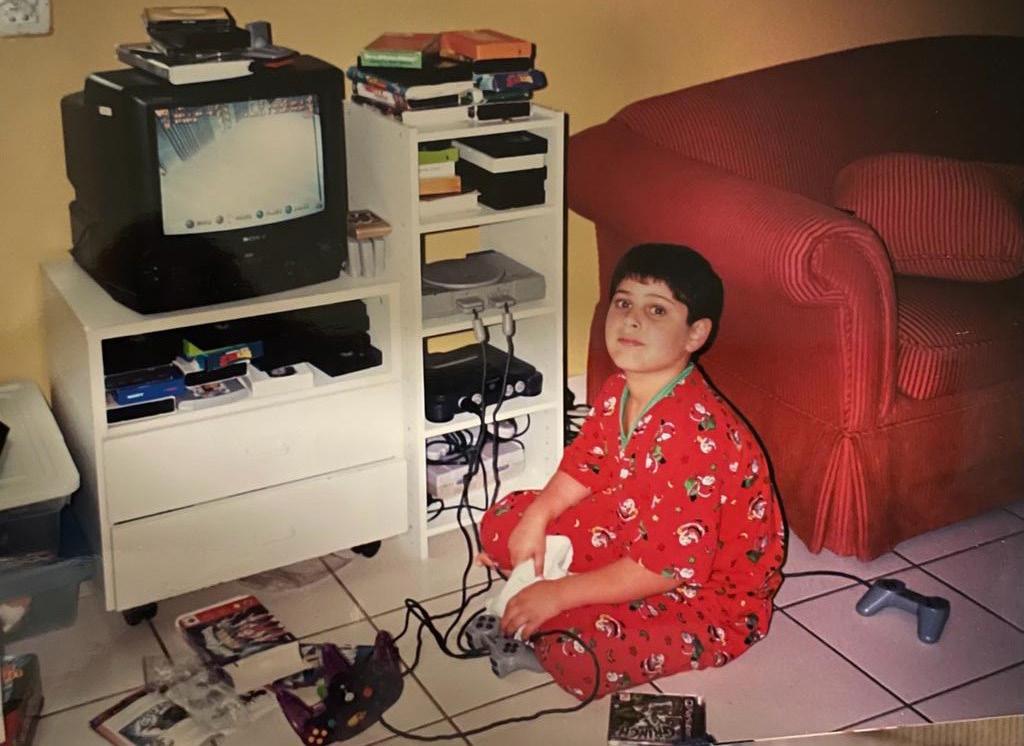
11 INTRODUCTION
people with disabilities make up about 20% of the gaming population1. This is a big community of people who are being forgotten and turned their backs on, specifically knowing how gaming can enhance the lives of thousands of people with disabilities.
Gaming is considered to have multiple benefits, especially for people with disabilities. According to the Ablegamers Charity, an organization specialized in gaming inclusivity and adaptivity, they believe that gaming has multiple benefits for people with disabilities such as increased opportunities to experience the world, improved mental well-being, help with learning and cognitive skills, improved fine motor skills, and reduced social isolation2. These are benefits that not only affect the physical aspects of the targeted community but also the psychological ones as well. Moreover, people with disabilities not only want to play video games to improve their mental well-being or their fine motor skills, but they also just want to relax, have fun and most of all enjoy a surmountable challenge3. This is why during the process of this project I intend to make multiple products that would make the user feel excited
to use and not feel as a “treatment-receiving object”4.
Essentially the goal of this research is to encapsulate and synthesize the physical, and more importantly, the psychological benefits of gaming for people with motor disabilities and end up with a product that could help people like my brother. This not a topic I stumbled upon while searching for a project, this is a topic that I have experienced through my brother and hold dear to my heart. Even though everyone’s disability and how they handle them is different, I intend to complete this project with as many of them in mind as possible and show the gaming industry what they should be doing. With all this being said, I believe that there is much work to be done in this process I call “Thesis”; Many unknowns to be known and many uncertainties to be clarified, but at this point in the project I am certain that I plan to study the difficulties people with disabilities encounter in the gaming industry because I am interested in creating a line of products, services and experiences that adapt to their necessities and represent their community.
12
INTRODUCTION

13 INTRODUCTION
14
ABOUT ME ABOUT ME 02
15
02
ABOUT ME
Jose “Achi” Martin was born and raised in San Juan, Puerto Rico. He attended the Savannah College of Art and Design, earning his BFA in Industrial Design. Before joining the MFA Products of Design program, Jose participated as an industrial designer in an exclusive collaborative program with TRANE and SCAD, designing future AC devices. Jose has also worked in furniture and interior design while interning at Design in Puerto Rico LLC. Most recently, Jose interned with Marchon Eyewear in New York City, designing performance sunglasses for brands including Nike and Converse.
Apart from his outstanding design skills, Jose possesses exemplary problem-solving abilities and a strong aptitude for collaboration. His ability to work seamlessly with others allows him to achieve maximum efficiency in any workplace, making him an invaluable asset to any team or project.
In summary, Jose Martin’s exceptional talents as an Industrial Designer, combined with his unwavering passion for Urban Art and Technology, meticulous attention to detail, and collaborative mindset, make him a true standout in his field.
16 02

18
RESEARCH RESEARCH
19 03 03
RESEARCH
When starting a project, thesis or even a small idea, each designer tends to form their own path in any way, shape or manner that could spark their creative engine inside of them. One could argue that getting started could be one of the most difficult stages of the design process if not the most difficult. To some, inspiration gets to them as a random beam of light shining on to them in a mystical fashion, unfortunately for me this was not the case this time around. Basing this thesis on a personal subject put an enormous amount of pressure on me and I wanted to make sure that every decision that I took from the beginning was an informed one. Essentially, the only way I found an entrance into this creative process was to sit down and conduct as much primary research that could inform my design approach in the most educated manner. After some time, I started to realize that there were some specific subjects and topics that kept popping up in my research as if they were secret paths that I was discovering, so as any adventurer would do, I decided to explore them even further. Even though I discovered them at different times during the process, the subjects that eventually lead to the informing of my design approach were the benefits of gaming for people with disabilities, the internal and ableist de-
20 04
https://www.ign.com/articles/twitch-to-donate-1-million-to-ablegamers-to-help-gamers-with-disabilities
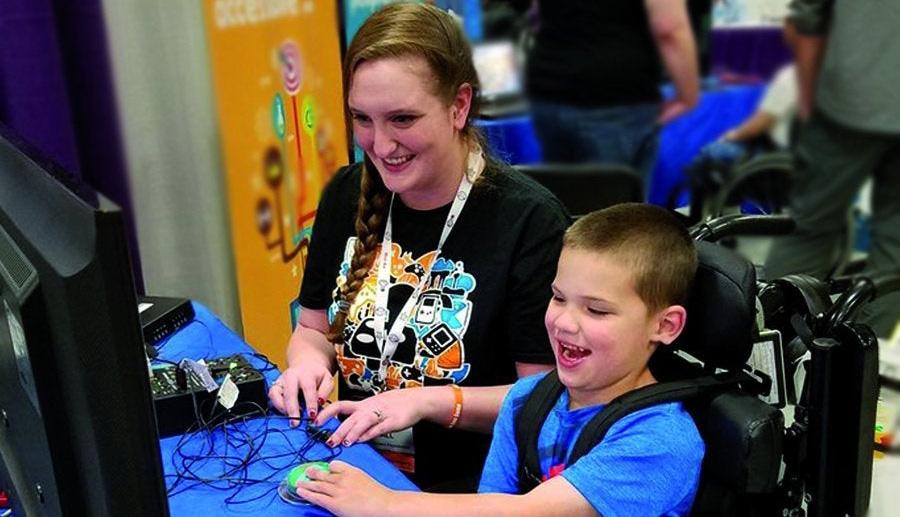
sign practices of mass manufactured gaming products, and simple fact that is all about having fun.
The initial segment of my research encapsulates the benefits of gaming for people with disabilities. According to Ablegamers Charity, a charity whose mission is to improve the life quality of people with disabilities through gaming, the benefits of such activity includes improved mental well-being, increased opportunities to experience the world, help with learning and cognitive skills, improved fine motor skills and reduced social isolation5. These benefits split up into two
essential categories, health benefits (which include both mental and physical health) and social benefits.
Starting with health benefits of gaming, it is important to understand how gaming can improve one’s mental well-being. “The prevalence of depression in adults with disabilities is estimated to be between 25% and 41%”6, this allows gaming to be used as an outlet for people with disabilities to de-stress and escape by being someone else targeting a specific goal for a period of time. This can give the user a sense of achievement which could even improve their self-esteem. Another health
21 RESEARCH

RESEARCH
benefit includes the improvement of fine motor skills. Active videogames require the use and practice of hand-eye coordination mostly through the usage of some sort of controller, which can essentially help users improve their ability to move and manipulate objects. Finally, but not least, videogames can help with learning and cognitive skills. According to AbleGamers Charity, “Many video games involve critical thinking, reading, writing, decision-making, and more activities that can help PWD learn new things in a fun, easy-to-understand way, improving their cognitive skills through the decisions they make during gameplay”7.
Moving on to the social benefits of gaming for people with disabilities, let’s start with one of the most common social problems people with disabilities encounter and one gaming can relief, social isolation. “Over 40% of individuals in the United States with a disability, mental health condition, or chronic disease report feelings of loneliness and social isolation”8. Unfortunately, social isolation for people with disabilities can be attributes of the lack of employment opportunities within the community as
well as the socio-cultural problem which people often have negative perception towards this community and refuse to socialize with them. Gaming offers a comfortable alternative in which members of this community could have socializing opportunities from their homes in which they could meet and connect with others from all around the world. This makes way to the final social benefit of gaming, the increased opportunity to experience the world. Individuals with disabilities may have certain body movement limitations that could prevent them from experiencing the world, but with today’s gaming technology this could be an alternative way to do such task.
The next important subject that defines my design approach throughout this thesis is the subject of ableist and internal design in the gaming industry. Whether its software or hardware, for years the gaming industry has put aside the disabled community, forcing them to adapt to the created products instead the other way around. This community, which makes up to 20% of the gaming population, has had to find other ways to be a part of the
23 RESEARCH
gaming wave through online forums and chat groups9. As a result, they tend to utilize third party extensions and accessories which lets them use other body parts apart from their hands, like chin and mouth. These products come with their own problems due to the console’s internal design approach to their brand’s products. Third-party products are often blocked by the gaming consoles as they are not recognized by the product’s software. Essentially, internal design is one of the main contributors to the lack of adaptive technology on gaming consoles. “console manufac-
turers each use their own systems, making cross-console design difficult. Moreover, they require the inclusion of proprietary identifying hardware (i.e. chips) in peripherals, making circumvention of their strict and extensive approval processes impossible”10. Moreover, the ableist aspect goes beyond the internal design issue mentioned before. Although there have been recent approaches to adaptive controllers by both gaming giants Xbox and PlayStation, their mainline products and accessories are considered to be two-handed products, which mecha-

24 RESEARCH
nism are designed specifically and only for the non-disabled. These inclusivity approaches have also been made by gaming developers allowing changes in visuals and auditory settings but have yet to make accurate mechanics changes in button layout and customization11. Some argue that this is due to the lack of representation in the design and manufacturing process of video games and gaming accessories. The last subject that shapes my design approach is a simple statement that I learned along the way of this thesis which is that it’s all about having fun. While I was watching a documentary by Nicole Newnham and James Lebrecht titled Crip Camp, I realized that people with disabilities sometimes just want to have fun, escape from everything else, and be treated as an equal. There was one scene specifically that resonated with me in which the camp members were playing baseball and one of the counselors said that if the players striked out, they were out, there was no special treatment due to the fact that it was a leveled playing field. Upon doing further research, I found that this feeling was true. Products that are made specifically for people with disabilities
are often primarily educational or therapeutic, make users feel like “treatment-receiving objects”12. Again, it’s a problem that stems from the lack of representation of this community within the companies that are making these products.
Throughout all of the primary research done at the beginning of this creative process I determined that the topics of the benefits of gaming for people with disabilities, the internal and ableist design practices of mass manufactured gaming products, and simple fact that is all about having fun served as a basis for the creation of everything else being done in this thesis. This does not mean that all three of these topics will have the same priority throughout my projects, but the integral idea of them will be present in some way or the other.
25
RESEARCH
26
IDEATION AND PROTOTYPING 04
IDEATION AND PROTOTYPING 04
27
IDEATION AND PROTOTYPING
The process of this thesis took two academic semesters to complete, exactly 15 weeks per semester. The first semester was devoted to exploration and research in a fairly personal and flexible schedule. In the last chapter, I showcased the secondary research that was done throughout the first half of this design journey, mainly focusing on scholarly work. In this new chapter, I will be focusing on the design sprints that were taking place simultaneously to that research process, basically exploring the main topics of my thesis through sketching, prototyping and user research.

28 04
I plan to study the difficulties people with disabilities encounter in the gaming industry because I am interested in creating a line of products, services or experiences that adapt to their necessities and represent their community.
- Jose Martin
“ “

29
Mood Board
When I created this initial mood board, I was still fairly new to the topic of adaptive gaming. I had a wide variety of subtopics that I wanted to explore and didn’t know where to start. I was mainly focusing on the idea of DIY controller modifications, which will be referenced later throughout this book, as trying to learn what the “perfect” adaptive gaming setup was. As an industrial designer, I was also focusing heavily on overall gaming accessory shapes, forms, ergonomics, and aesthetics. From the early stages of this project, I wanted to avoid making a product that looked like a medical object, which often happens when focusing too much on usability rather than aesthetics.


31
Early Sketches and Models
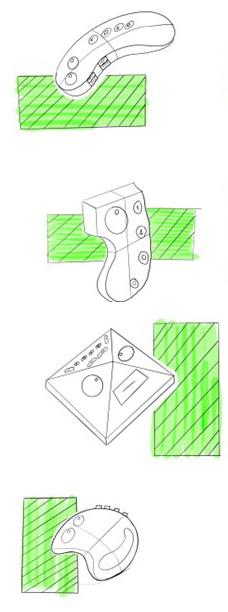
All of my early sketches and models were mainly exploratory form and function tests. At the moment I really didn’t have clear parameters or features I wanted to include in my final product, I just knew all my research was leading me to create an adaptive controller. In this stage it was fairly difficult trying to envision this controller with only a handful of examples in the market that weren’t really all that informative.

32 IDEATION AND PROTOTYPING



33 IDEATION AND PROTOTYPING
Persona
During my investigative process, I struggled to find people with motor skill disabilities that were willing to participate in this academic design project. As a result, I had to turn to my brother, who was a incredibly helpful participant all throughout my thesis. This turned out to steer my work into a more personal realm, which helped me understand my topic even further.
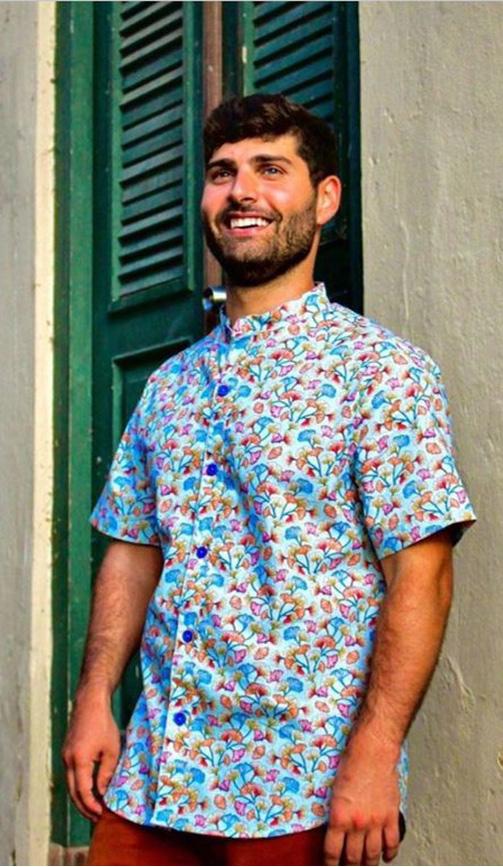
34 IDEATION AND PROTOTYPING

35 IDEATION AND PROTOTYPING
Hand and Finger Position Study
Location: Virtual (Facetime)
Duration: 45 minutes
Activity Description:
Rafael was put to the test by playing a video game he’s familiar with while I observed and held conversations with him. During the observation we would talk back and forward on why and how he did certain movements, finger placements and hand placements. After he was done playing, he was asked to reach for certain buttons he hadn’t used just to see how he would use them.
Hand Placement Findings
- Holds the “leg” of the controller with his non-dominant hand.
- Non dominant hand might also be placed on the bottom of the controller.
- Controller is mostly placed in a diagonal fashion due to the natural positioning of his hands.
- His leg or arm of chair is sometimes used depending on the position and location he’s playing at.
36 IDEATION AND PROTOTYPING


37
AND PROTOTYPING
IDEATION
Hand and Finger Position Study
Finger Placement Findings
- Main fingers used are the index and thumb.
- The keypad is not usually used, when it’s used his whole hand will focus on that part so it will interfere with the play of the game.
- Using Middle finger for both R1 and R2 buttons.
- Some variations in which he went into using his index finger for R1 button.
- His movements and usage of buttons vary or improvise in quick time event sequences (QTEs).
38
IDEATION AND PROTOTYPING


39 IDEATION AND PROTOTYPING

IDEATION AND PROTOTYPING
40
Controller Breakdown
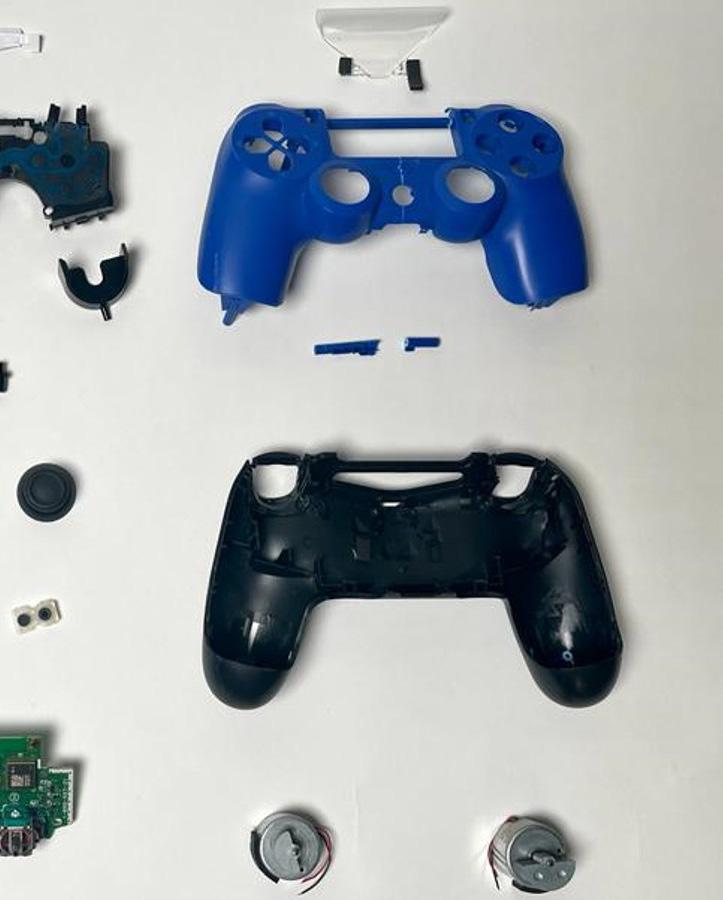
IDEATION AND PROTOTYPING 41
Co-creation Session
For the co-creation session, I organized a group of 5-7 designers from different concentrations, mostly product designers and architects, to collaborate through conversations and exercises with hopes of creating a one-handed controller. Prior to the meeting, the designers were handed a small description of the work that was being done so they could have context, but not enough information was shared to influence their decisions.
Goals:
• Producing new ideas for my final product.
• Opening to new conversations and discussions around the usage and design of the final product.
• Gathering new insights and direction in terms of my project as a whole.
Activities:
1. Testing Round: Designers were put to the test by playing video games only using one hand. They were put to test either against each other or having to complete a task in the game.
2. Sketch Ideation Round: Designers were given 15-20 minutes of fast sketching ideation. They were asked to sketch their ideal one-handed controller based on their insights from the testing round.
3. Sketch Model Round: The Designers were asked to make out of clay the overall shape of the controller 1 to 1. They were provided a kit with existing controller buttons as well as a kit with just shapes in different sizes in case the designers wanted to customize the size of specific buttons. 30 min.
4. Presentation round: All of the models were documented, and the designers had the chance to present and explain their designs along with their thought processes.
42 IDEATION AND PROTOTYPING


43
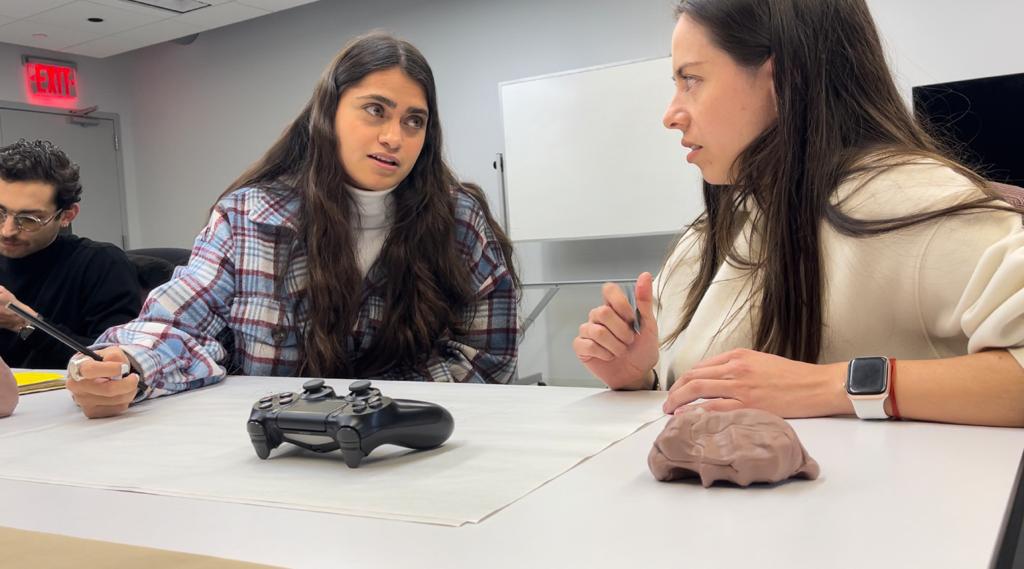
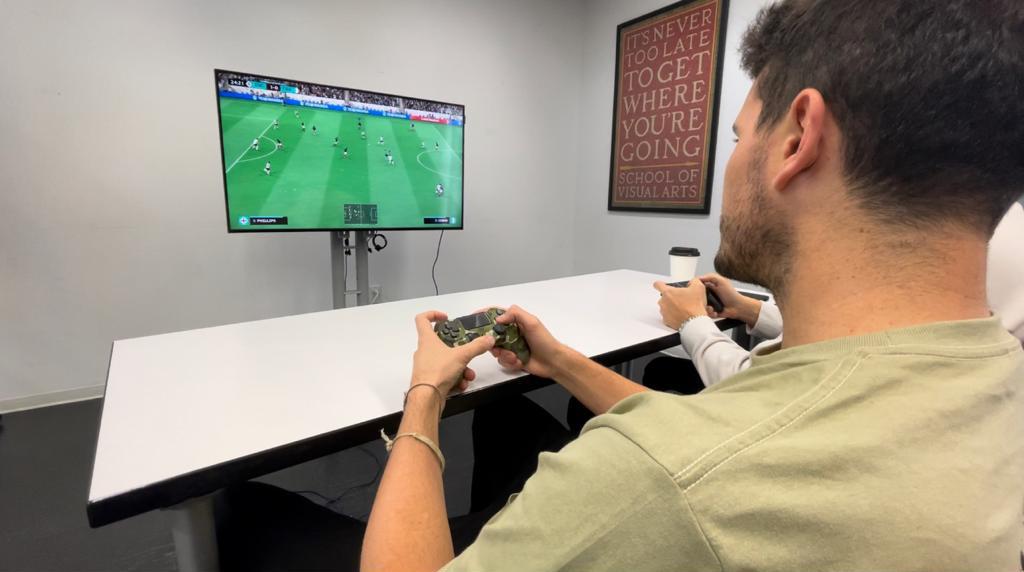
44
IDEATION AND PROTOTYPING

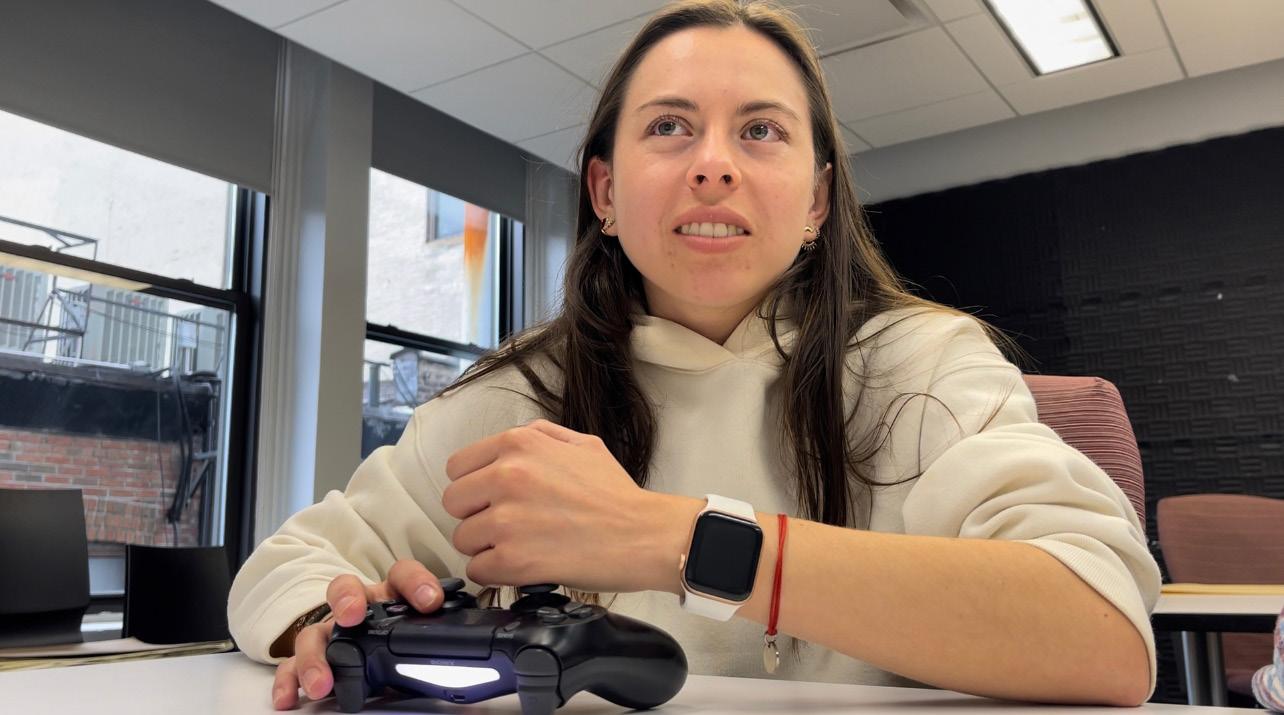
45 IDEATION AND PROTOTYPING
Participant Sketches
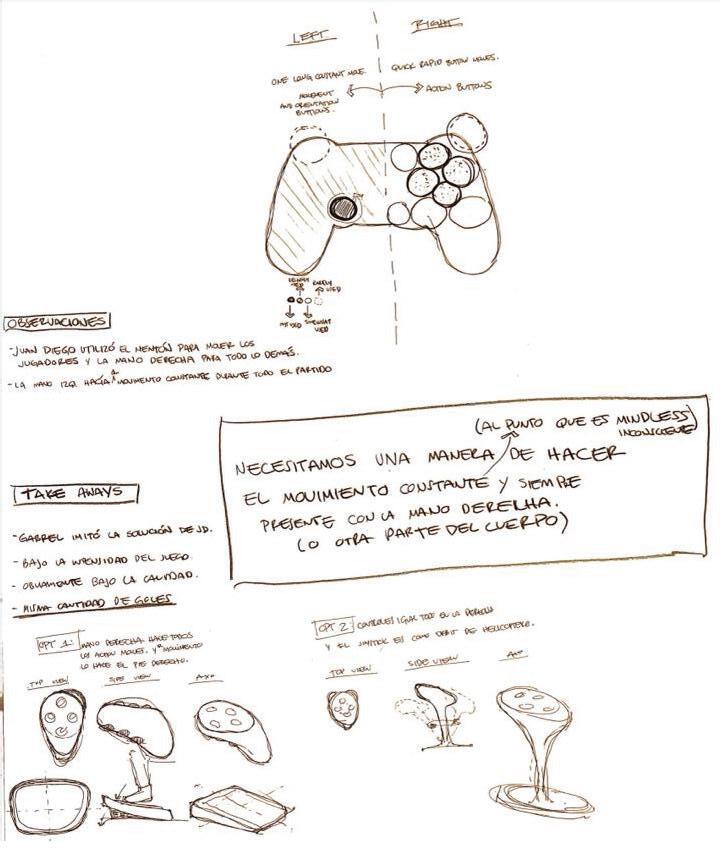

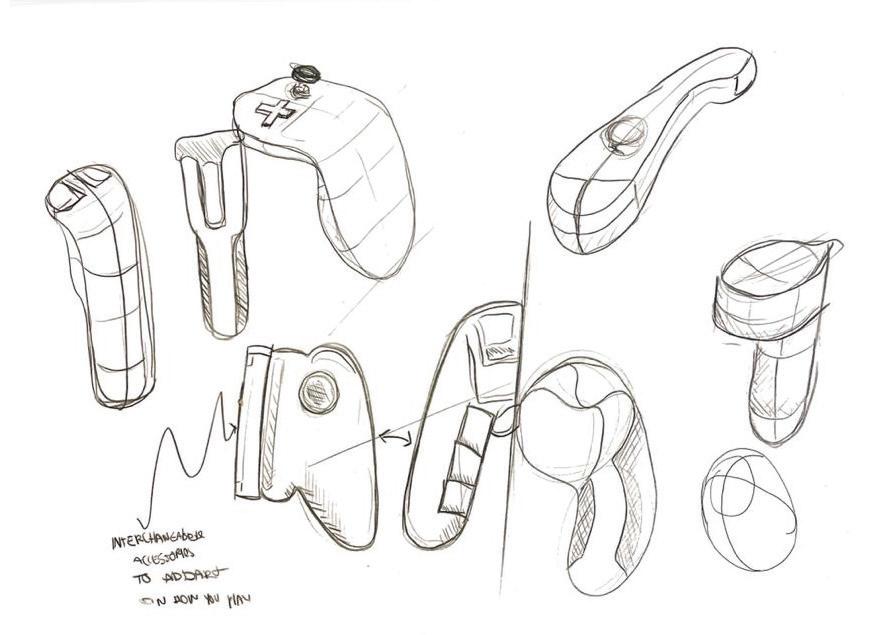

46 IDEATION AND PROTOTYPING
Participant Models
The participants mainly pitched similar ideas for models, one handed controllers. Some of the models resembled that of Nintendo Joycon, but without its second half. One designer pitched an accessory instead of a new controller, which later sparked my curiosity and lead me to explore the add on accessory territory for adaptivity in gaming.

47 IDEATION AND PROTOTYPING
48
HACKS HACKS 05 05
49
HACKS
For people with motor skill disabilities, a main-line or generic gaming controller can be a hassle to use even though it’s an essential part of this main entertainment source. For them, these controllers are seen specifically as a two-handed product that they have to adapt to in order to make use of it, and in some cases, it might be impossible to even use.

50 05
50

HACKS 51

52 HACKS
There are adaptive alternatives in the market as of today, such as the Xbox Adaptive Controller and PlayStation’s Project Leonardo, but these retail for double the price of a main-line controller and in some cases are failed attempts of a universally designed gaming accessory. Just to clarify, I’m not stating that these controllers are completely useless when it comes to adaptability, what I’m saying is that it is almost impossible to create a perfect controller that caters to every player’s specific need when it comes to designing for a

53 HACKS
The reality of these commercial adaptive controllers is that in order to be fully adaptable to a specific player, there are multiple other external accessories that one has to buy and connect to the mentioned controller. Sometimes these external devices can’t be used because of compatibility issues with the console’s proprietary technology and other times users have to be creative and find ways to avoid these obstacles. In the end, these extended adaptable controllers or devices can cost up to four times that of a regular main-line controller. So, I ask myself, what could be a possible solution?
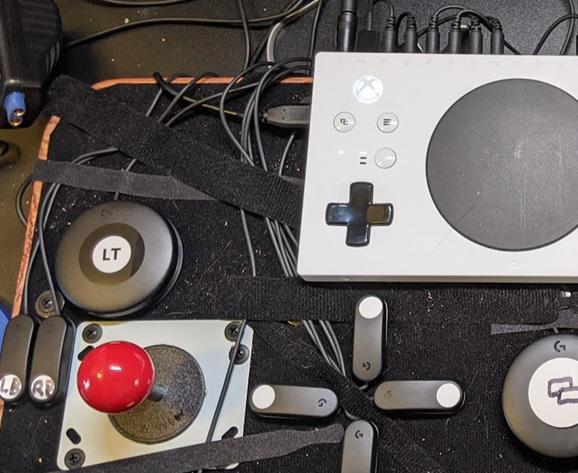
54
HACKS

55

56

57
WORKS LIKE THIS:
Our customers can become a part of this community by uploading and downloading files for free, they just need to create an account with us and they’re ready to go! When you upload files to our platforms, other members can see and download that file for their own personal use.

58 HACKS
58
After downloading the desired file, the person can proceed to 3D print and assemble the files at home.

59 HACKS 59
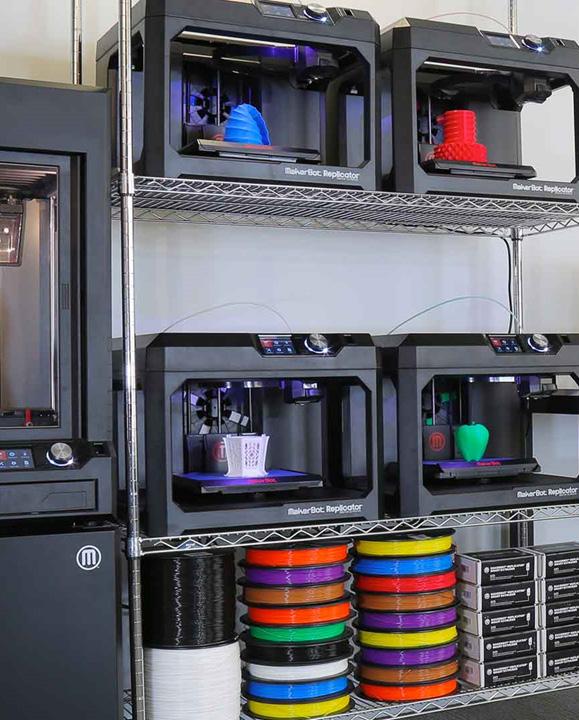
HACKS 60
For those that may have a harder time DIYing their controller mods or simply don’t have a 3D printer at home, through HACKS you can order a print that would be assembled on site and delivered straight to your house at cost.

HACKS 61
THE VISION
The vision of this project is to create a service for people with disabilities by people with disabilities, in hopes of creating an online community that’s focused on helping one another.

HACKS
62
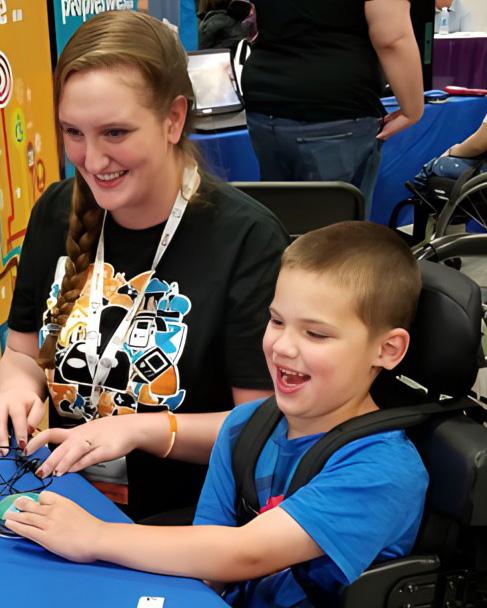
63
64
HACKS INTERACTIVE WORKSHOP
65
HACKS INTERACTIVE WORKSHOP 06 06
HACKS INTERACTIVE WORKSHOP
After creating HACKS, I thought it would be a good idea to test the 3D printed modifications with people and have them interact with them in some sort of way. Given from my research experience, I knew that most people didn’t even know about central problem surrounding my thesis, so as a result I combined these thoughts and created the HACKS Interactive Workshop.
The HACKS Interactive Workshop served as an educational opportunity as well as a social commentary in order to bring consciousness about the hardships of living with a motor disability in the gaming world and to bring to light what the gaming industry could do to be more inclusive.

66 06

Early Stages
Initially, I was envisioning this idea of creating a store front in which visitors could come in and scan their hands, limbs or feet and customize their own personal controllers based on those scans. Unfortunately, this was later scrapped due to the time that the customer had to spend waiting for me to not only scan their desired body part, but to also model and print it on site.

68 HACKS INTERACTIVE WORKSHOP
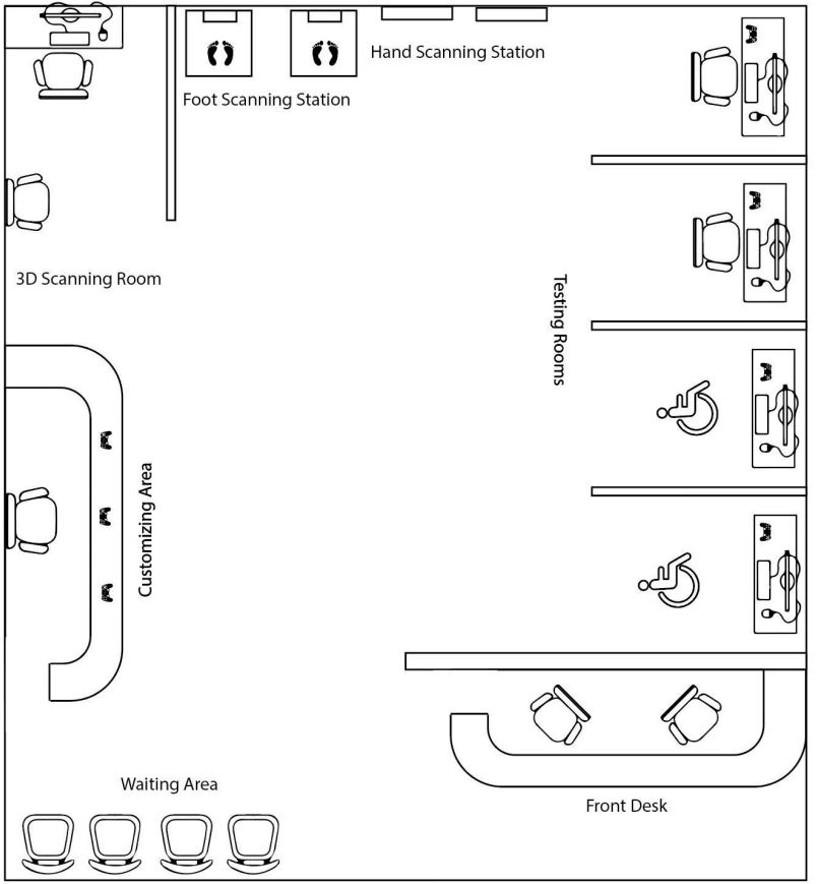
69 HACKS INTERACTIVE WORKSHOP
Even though the initial idea was scrapped, the essence of it stayed throughout the project. My final idea continued to move visitors through a series of stations but with a little twist. Through these stations, the visitors were exposed to learning about the topic of adaptive gaming and experience it for themselves through a variety of interactive activities.

70 HACKS INTERACTIVE WORKSHOP
Final Floorplan

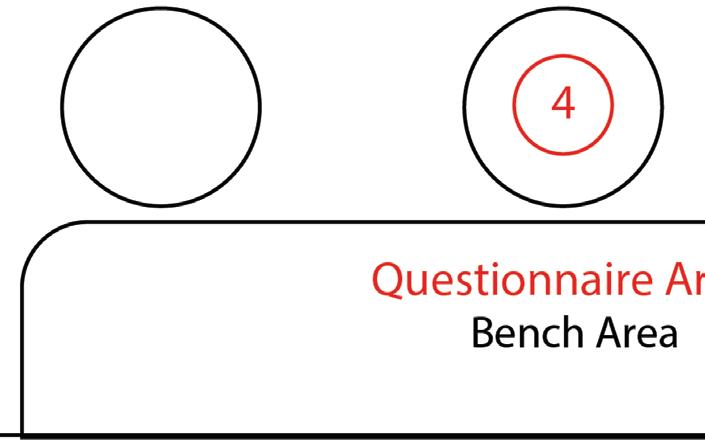
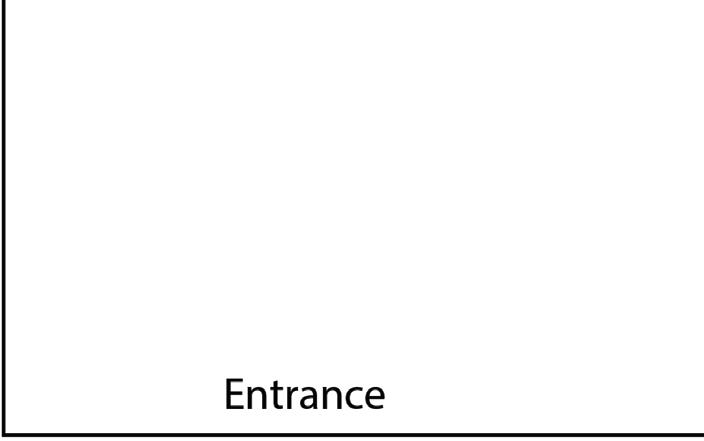

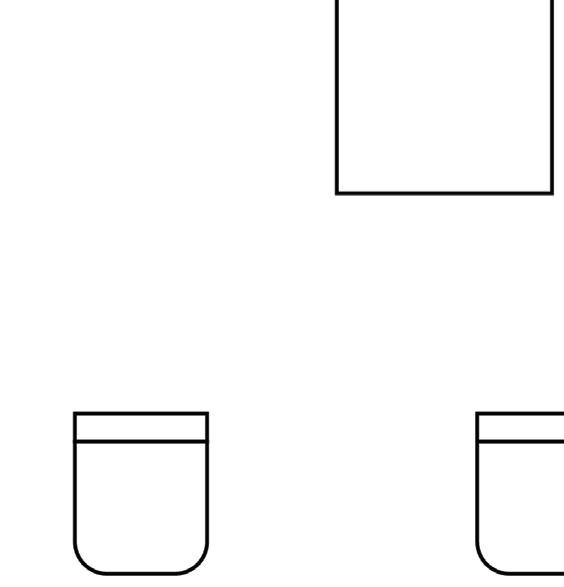



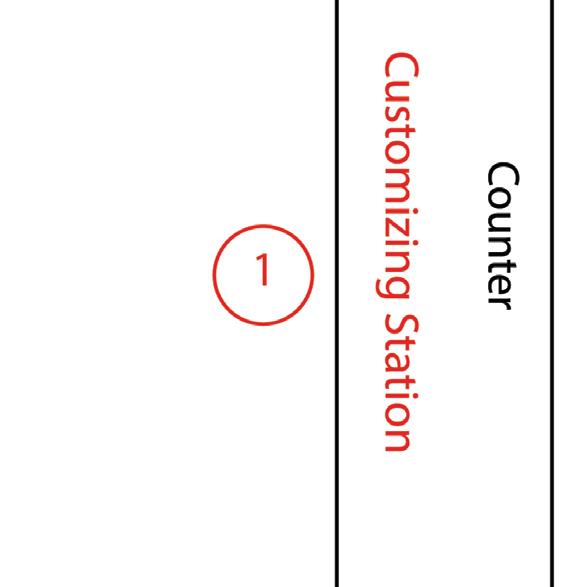

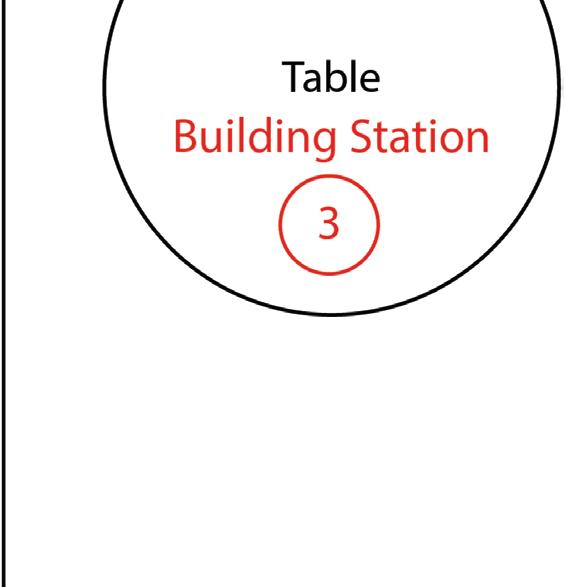




71 HACKS INTERACTIVE WORKSHOP
CUSTOMIZING STATION
The first station was the Customizing Station, which station served as an exhibition where visitors could look at the different 3D printed “hacks”. They could interact with the product and learn about their function.
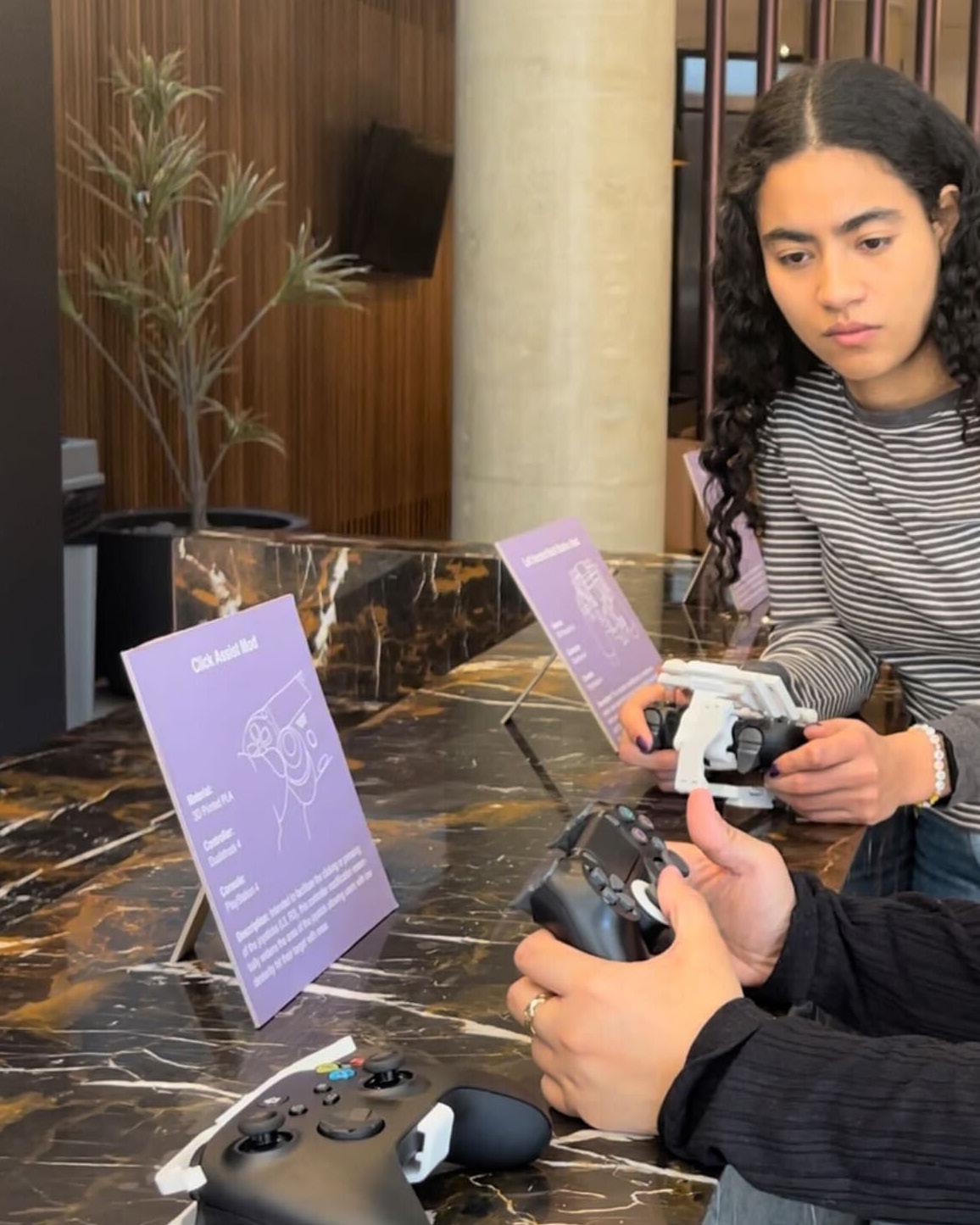
72

73
The Customizing station featured 3D printed controller modifications for each of the 3 biggest names in the gaming industry, PlayStation, Xbox, and Nintendo. There was a total of 5 different Mods that people could interact with exhibited in this station.



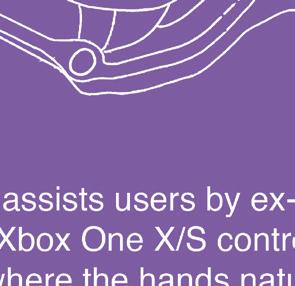













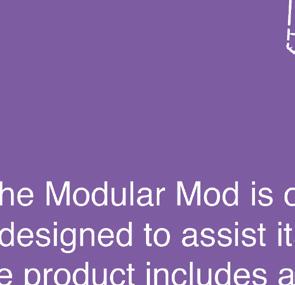





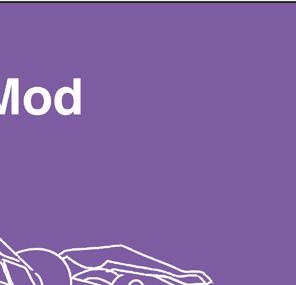
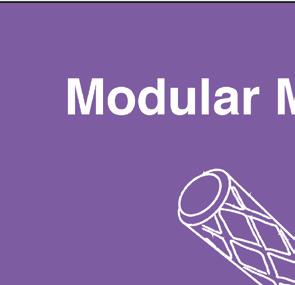






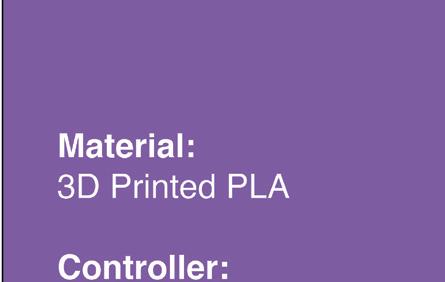







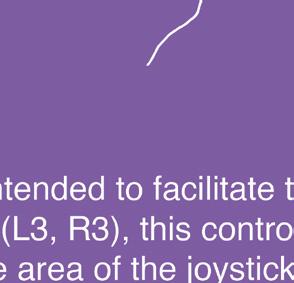



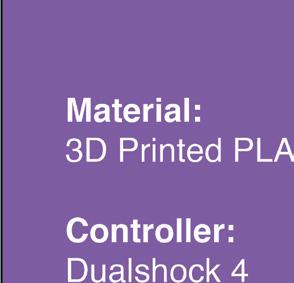




74 HACKS INTERACTIVE WORKSHOP




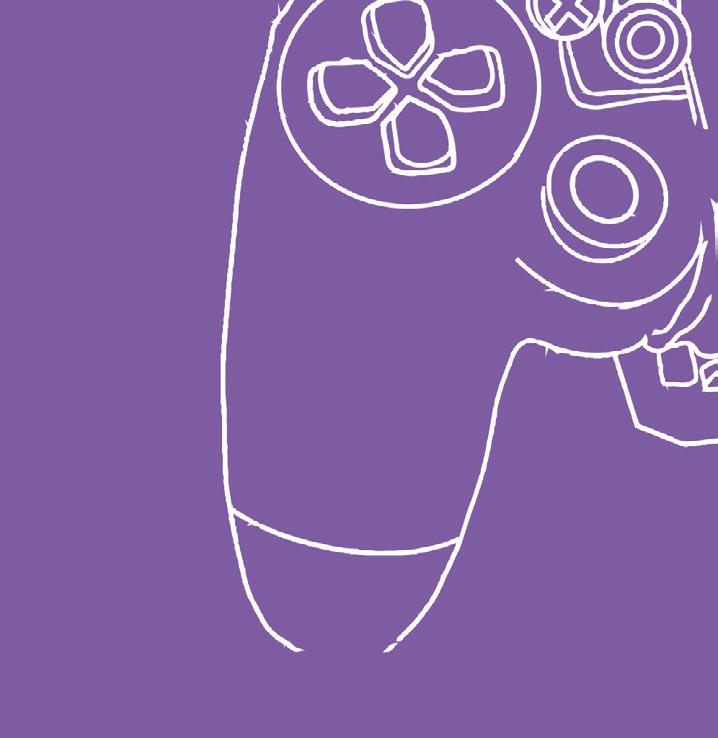




75 HACKS INTERACTIVE WORKSHOP
TESTING STATION
The second stop was the Testing Station. In this station, visitors could experiment with the controller mods for themselves in real time head-to-head gaming.
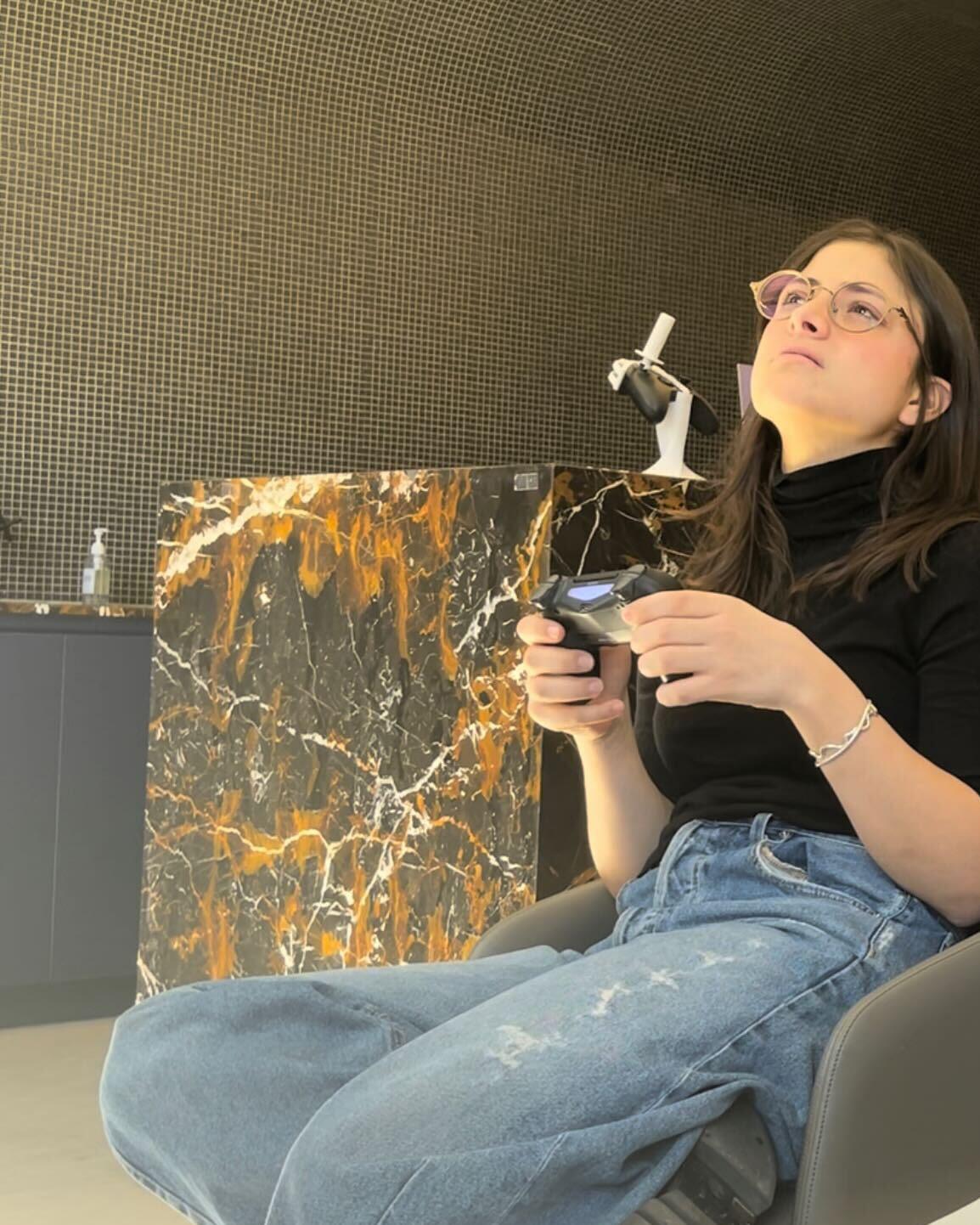
76

HACKS INTERACTIVE WORKSHOP 77
IDEATION STATION
Finally, the last station was the Ideation Station. In here, participants were able to create their own ideal adaptive controller by using clay as well as explore possible future adaptive gaming accessories.
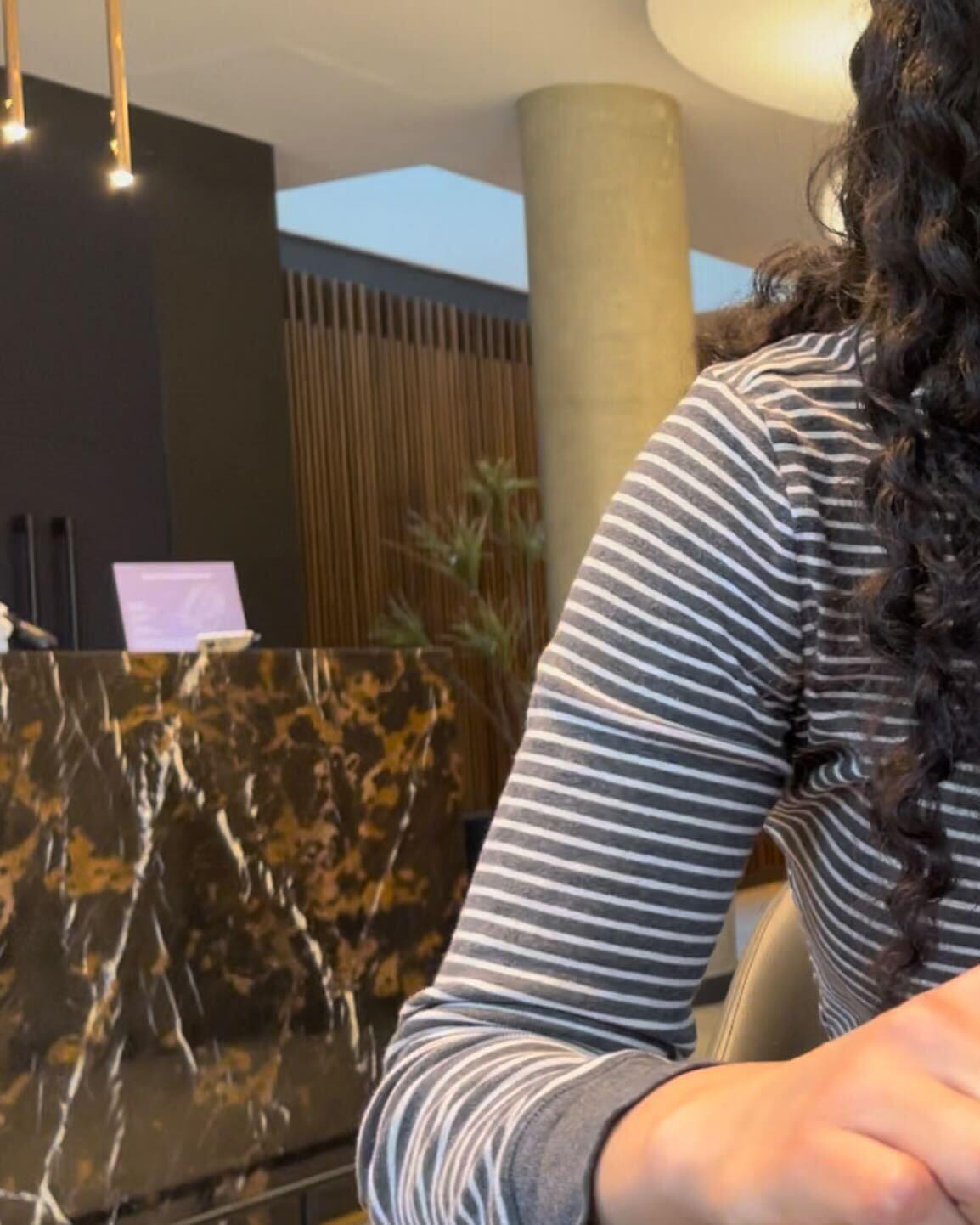
HACKS INTERACTIVE WORKSHOP
78

HACKS INTERACTIVE WORKSHOP HACKS INTERACTIVE WORKSHOP 79
QUESTIONNAIRE
As a bonus, the participants were given a short questionnaire in regard to the whole experience, in which they answered on sticky notes. These answers were later gathered for data.

80
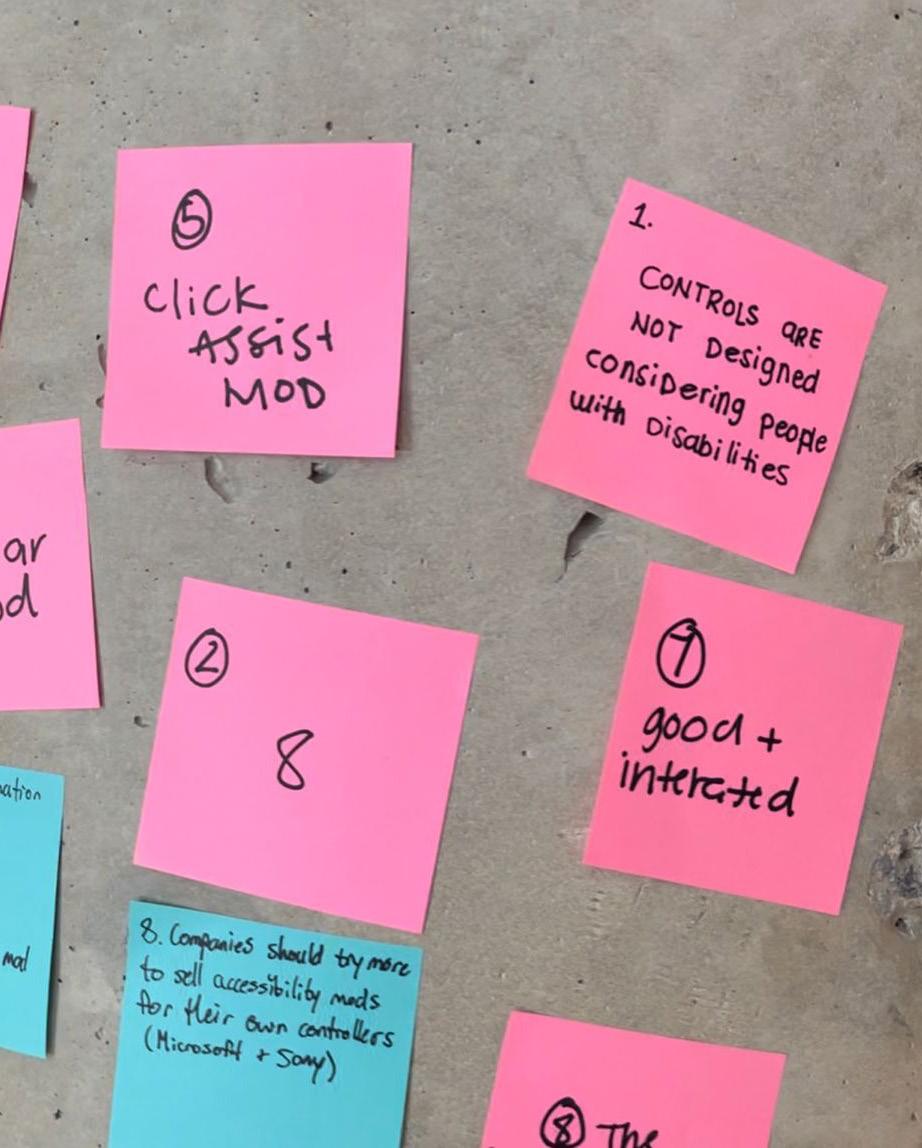
81 HACKS INTERACTIVE WORKSHOP
Throughout the experience there were a total of 7 gaming controllers used and exhibited. 4 PlayStation DualShock 4 controllers, 2 Xbox X/S Controllers, and 1 Nintendo Joycon Switch controller.
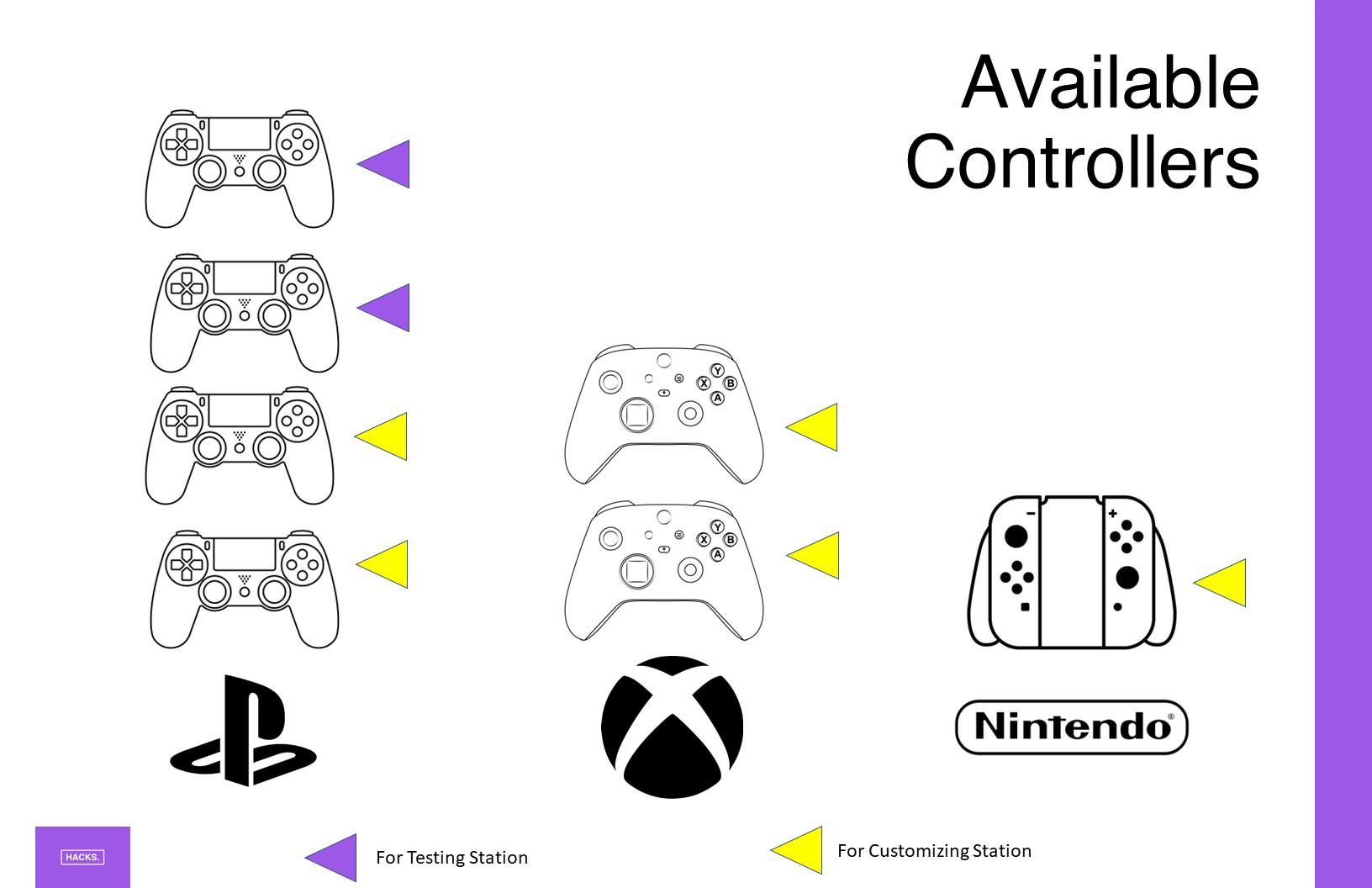
82 HACKS INTERACTIVE WORKSHOP



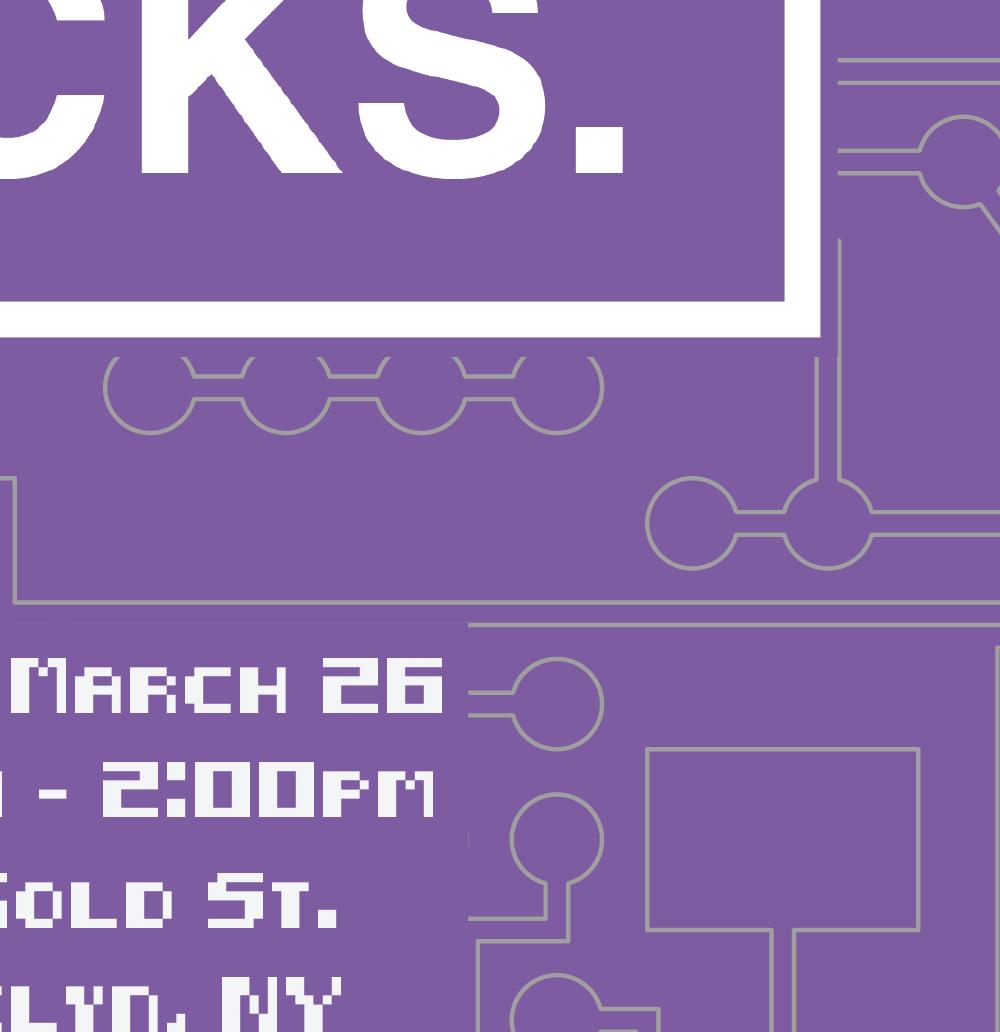
83 HACKS INTERACTIVE WORKSHOP

HACKS INTERACTIVE WORKSHOP MODEL AND PICTURE FROM CONTROLLERPROJECT.COM
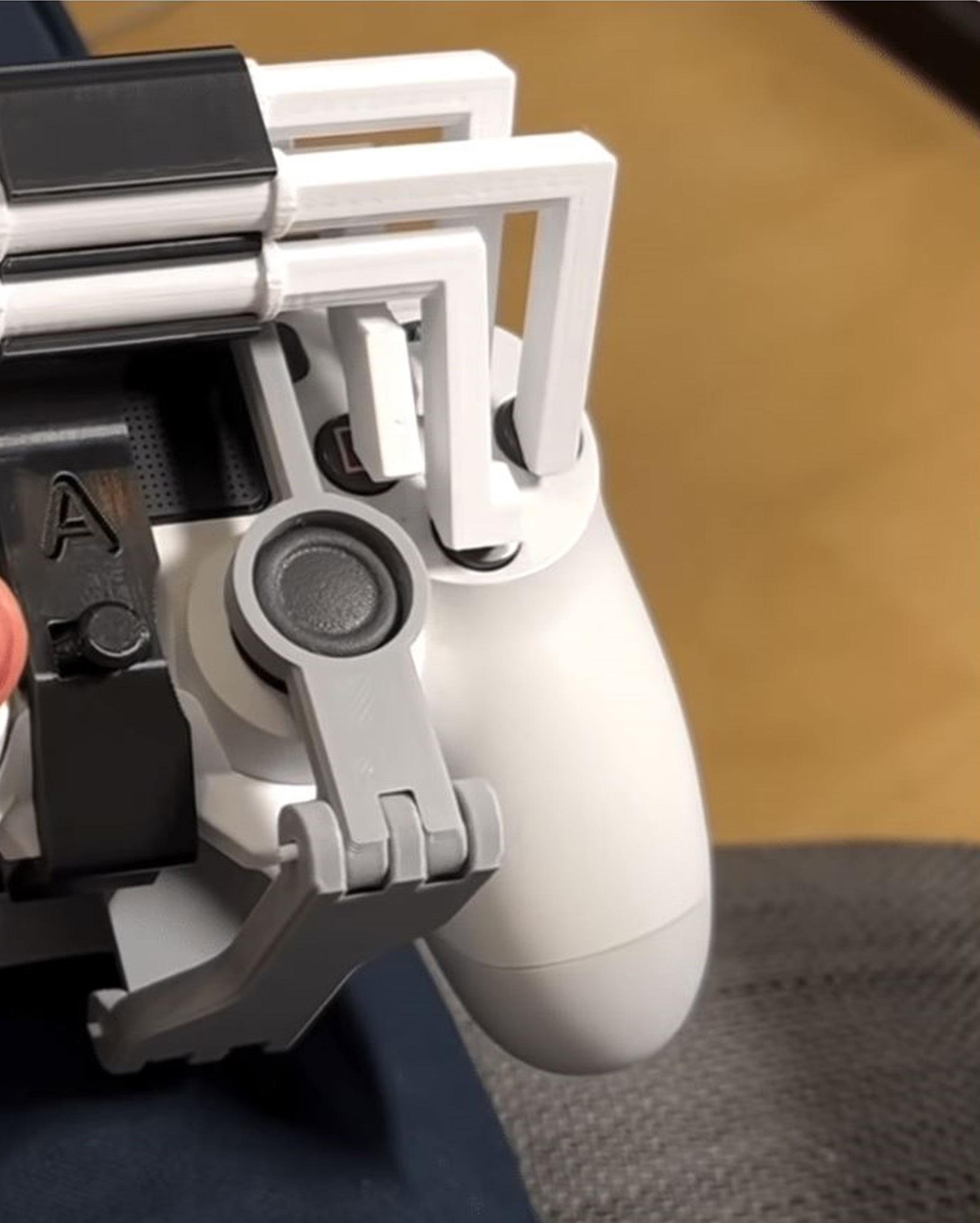
HACKS INTERACTIVE WORKSHOP 85

HACKS INTERACTIVE WORKSHOP MODEL AND PICTURE FROM CONTROLLERPROJECT.COM
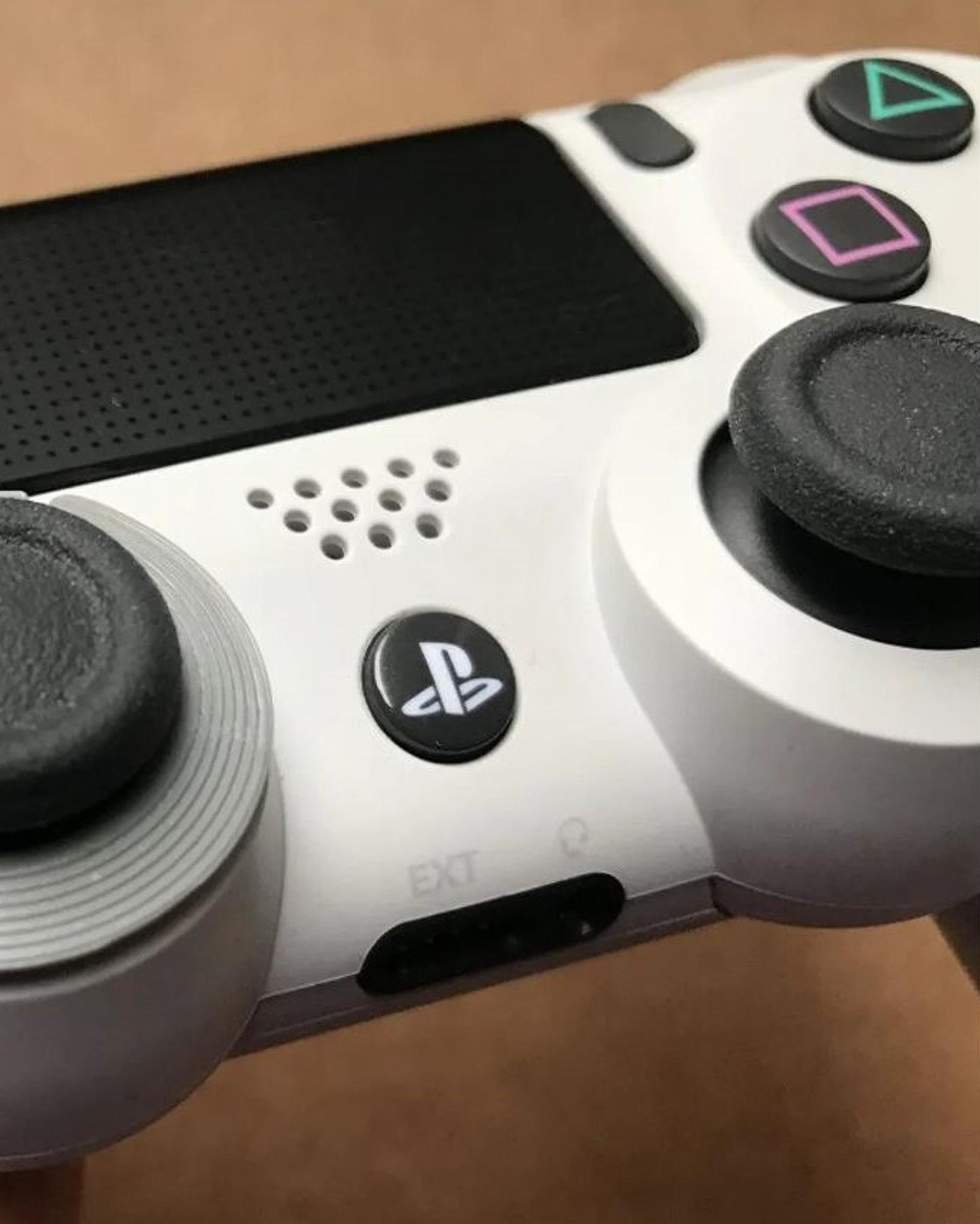
HACKS INTERACTIVE WORKSHOP 87

HACKS INTERACTIVE WORKSHOP MODEL AND PICTURE FROM CONTROLLERPROJECT.COM
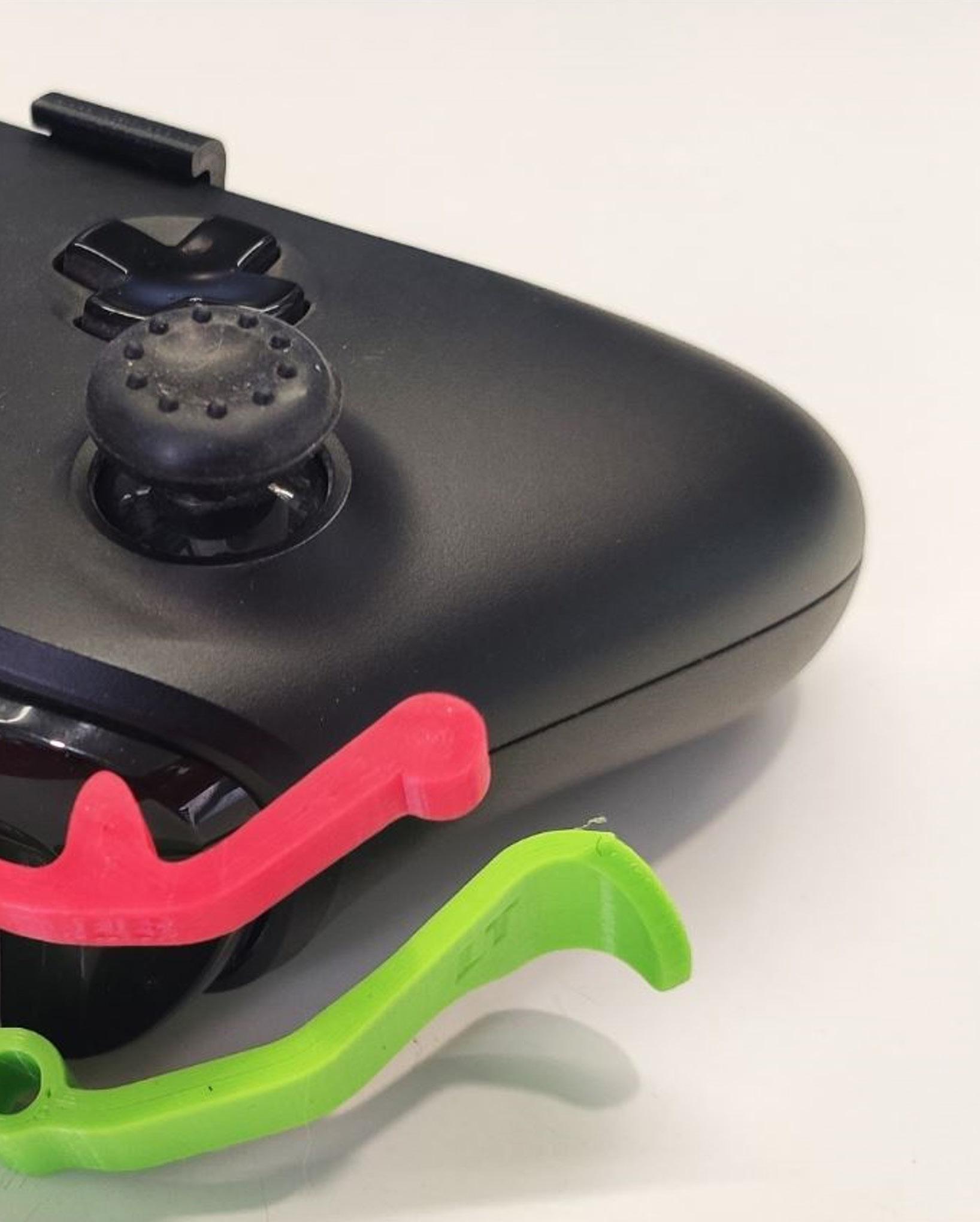
HACKS INTERACTIVE WORKSHOP 89
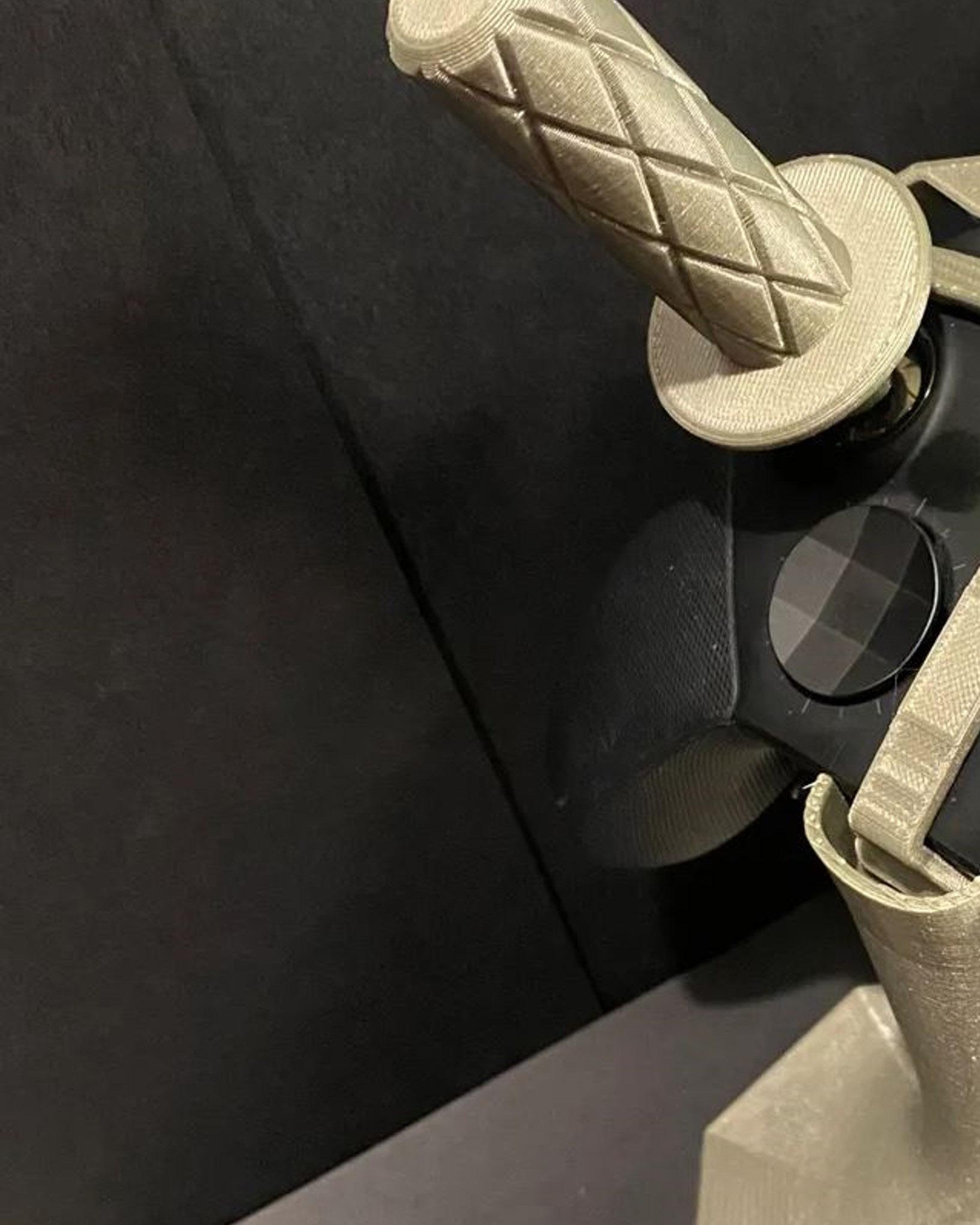
HACKS INTERACTIVE WORKSHOP MODEL AND PICTURE FROM CONTROLLERPROJECT.COM

HACKS INTERACTIVE WORKSHOP 91

HACKS INTERACTIVE WORKSHOP MODEL AND PICTURE FROM CONTROLLERPROJECT.COM
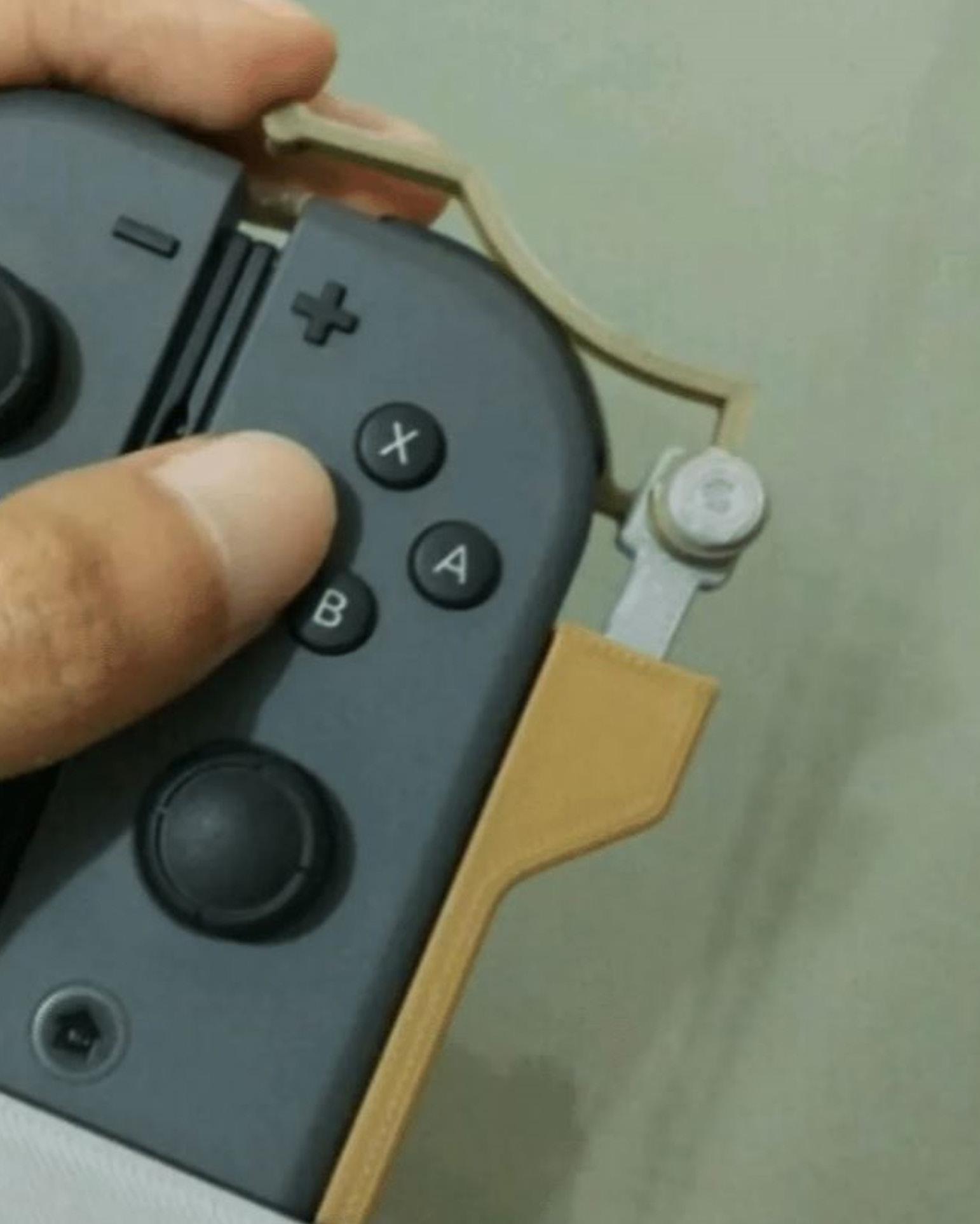
HACKS INTERACTIVE WORKSHOP 93





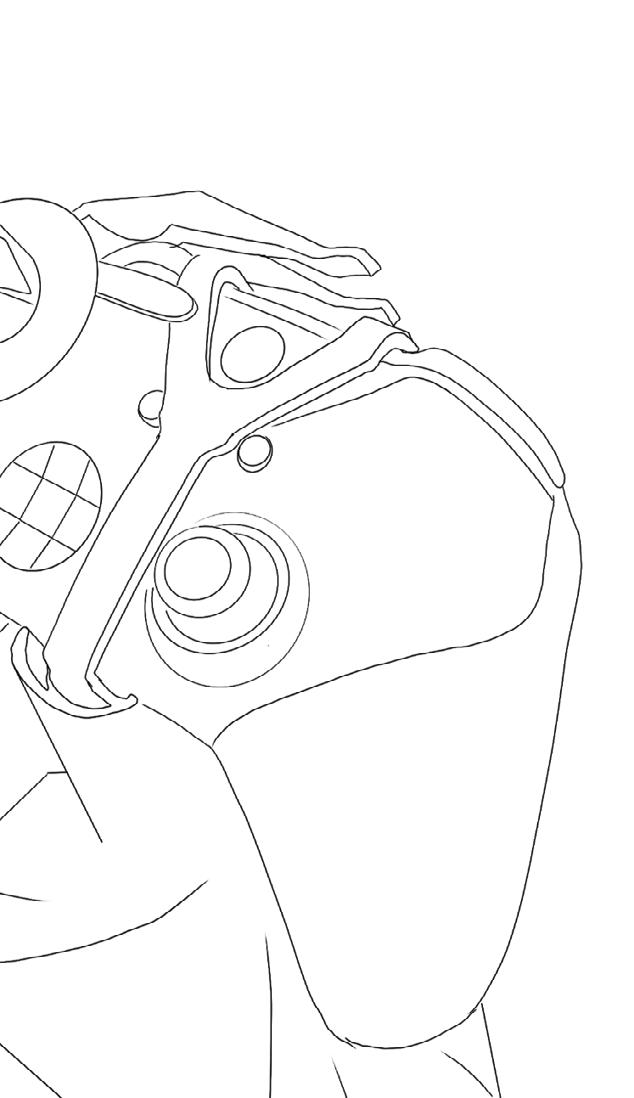


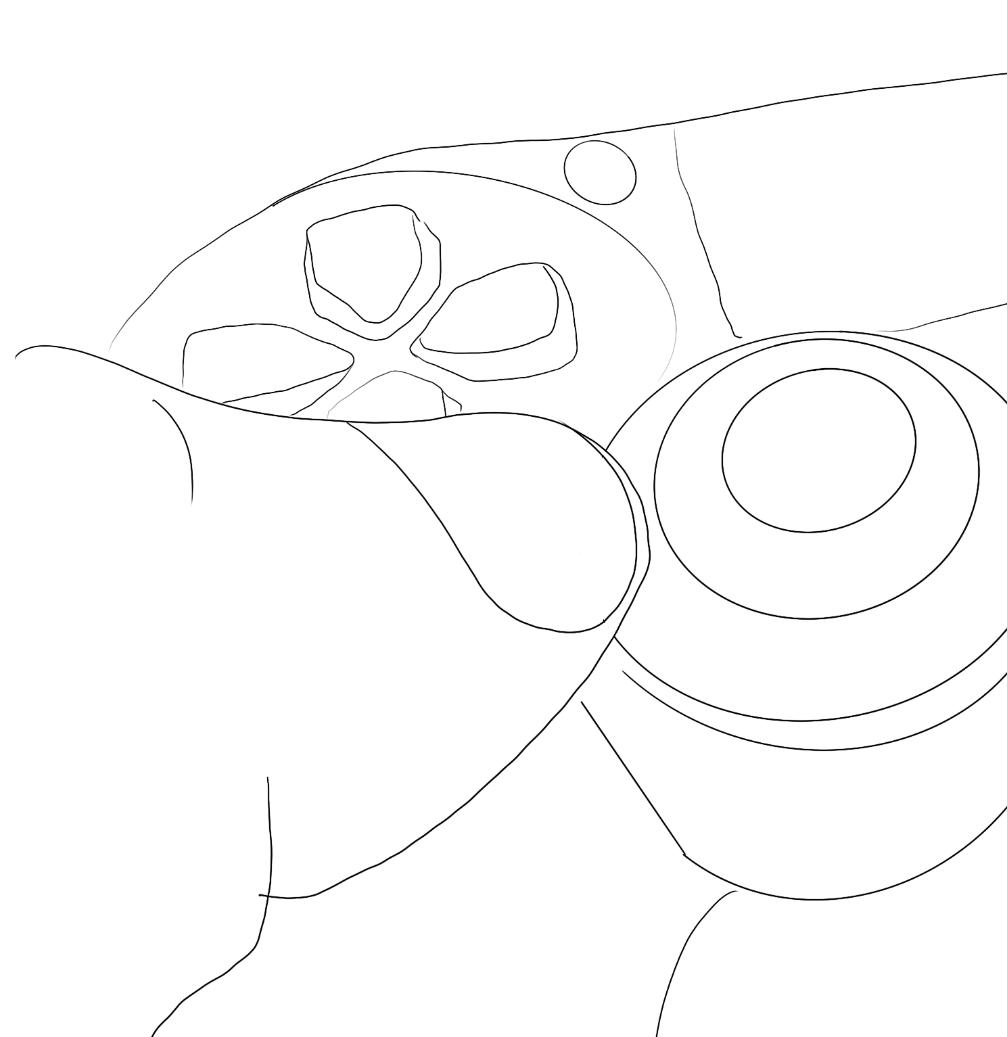


94 HACKS INTERACTIVE WORKSHOP
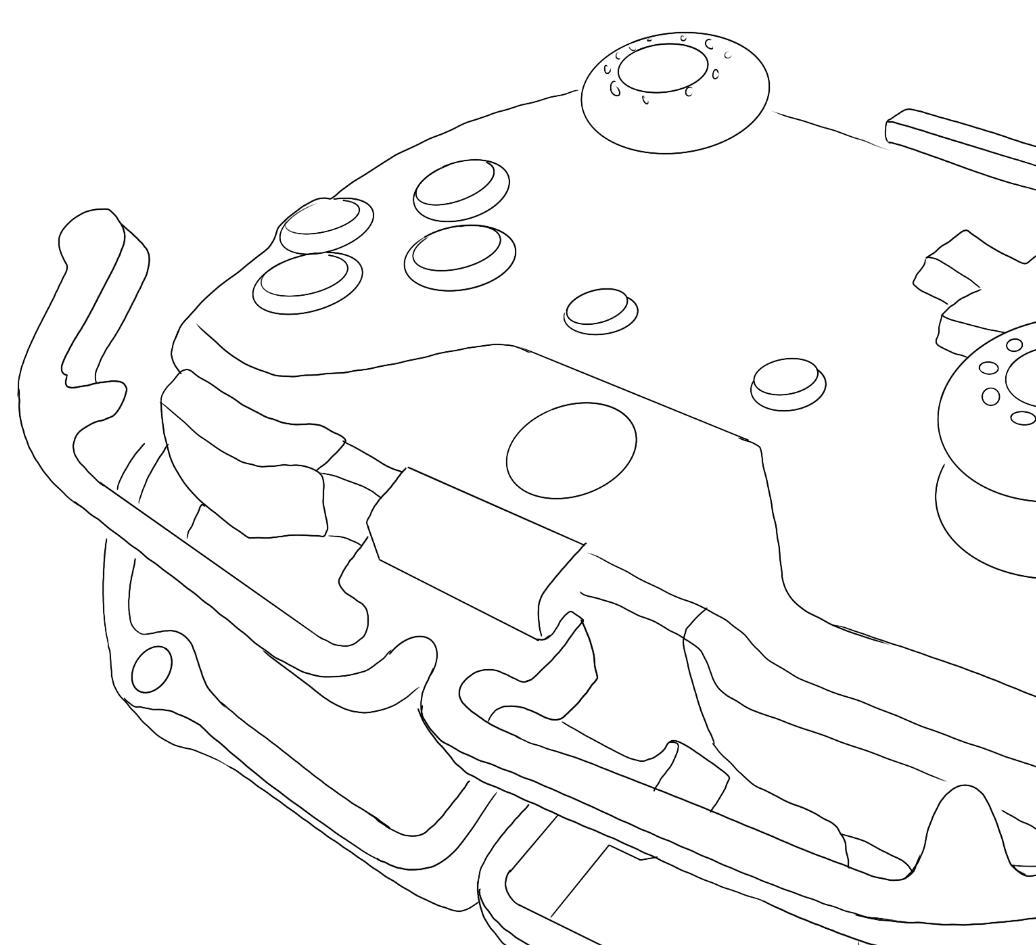
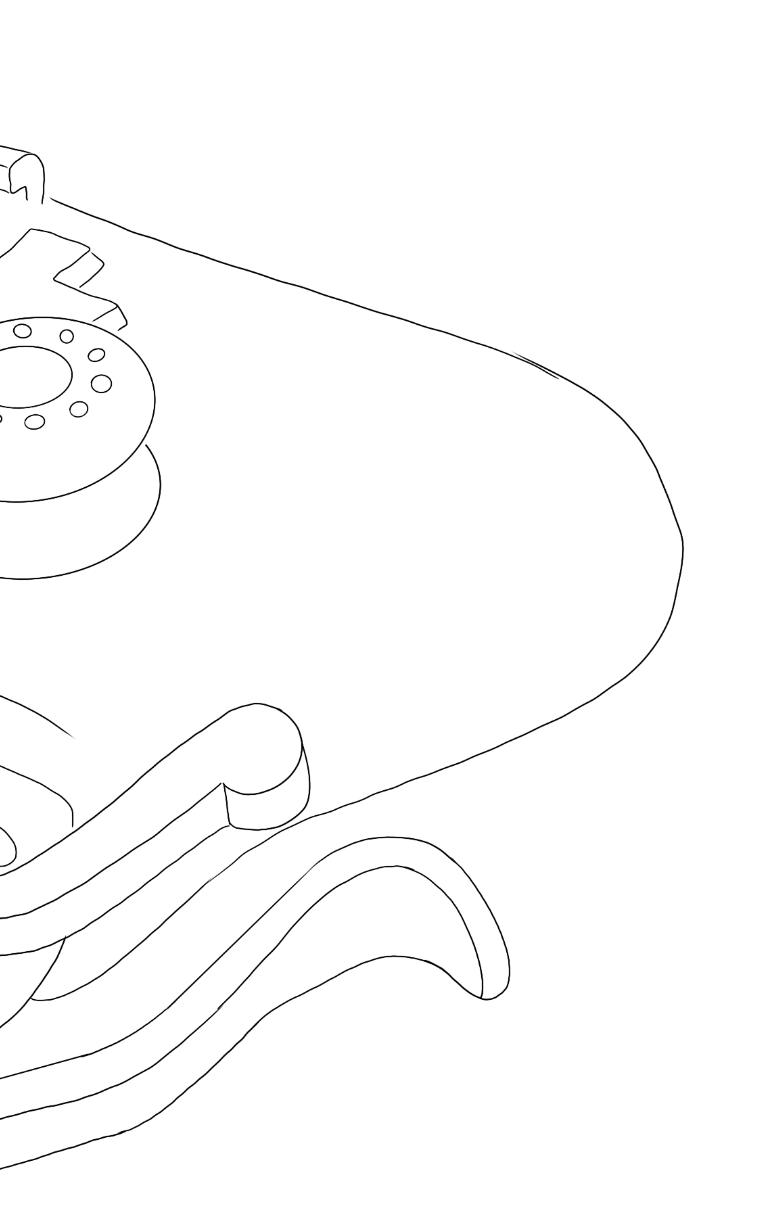


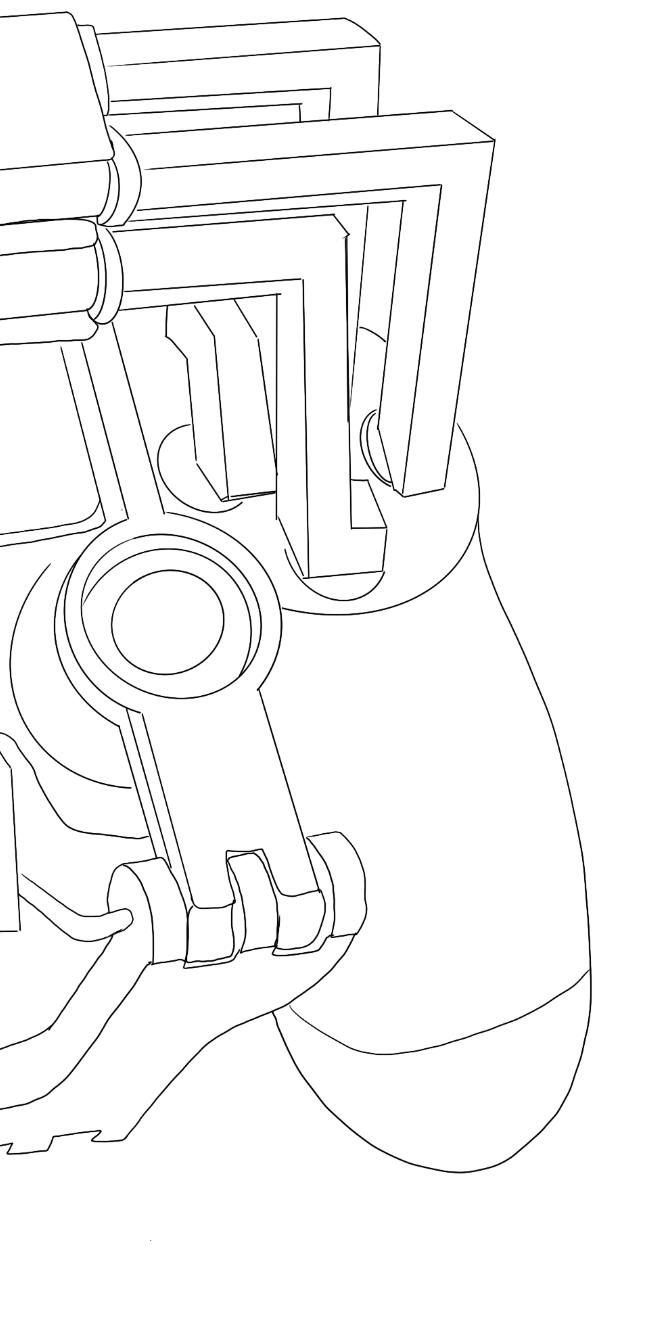

95 HACKS INTERACTIVE WORKSHOP
96
DISRUPT MODE 07
DISRUPT MODE 07
97
DISRUPT MODE
With this next project we move on to the digital side of this thesis. I present to you all, Disrupt Mode. Disrupt Mode is a video game plugin for both Call of Duty Warzone and Fortnite that allows users to experience a leveled playing field by reducing some of the player’s abilities such as reaction time, movement, and visuals as well as boosting other aspects at any given point of the game.
According to a study done by the university of Washington, people with motor skill disabilities were more likely to stay away from Multiplayer Shooter games because of hardships in keeping up with other players. These games were often found intimidating because of the high level of skill and competition.
Participants cited a perceived inability to be competitive, as a result of their motor impairment, as pushing them away from multiplayer gaming. Frequently, phrases such as ‘keeping up’ and ‘level playing field’ came up in describing this effect. Often, participants used language indicating a strong desire to be able to play multiplayer games were it not for this issue.
98 07
“
-University of Washington
“
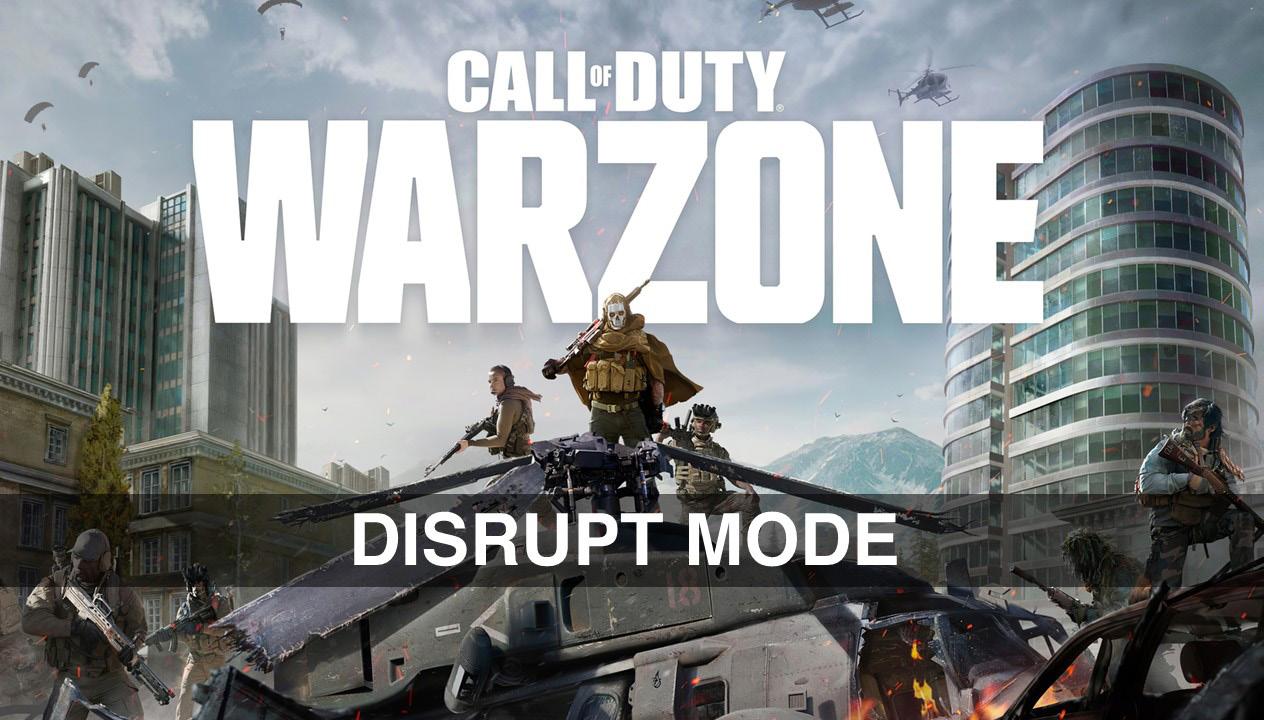
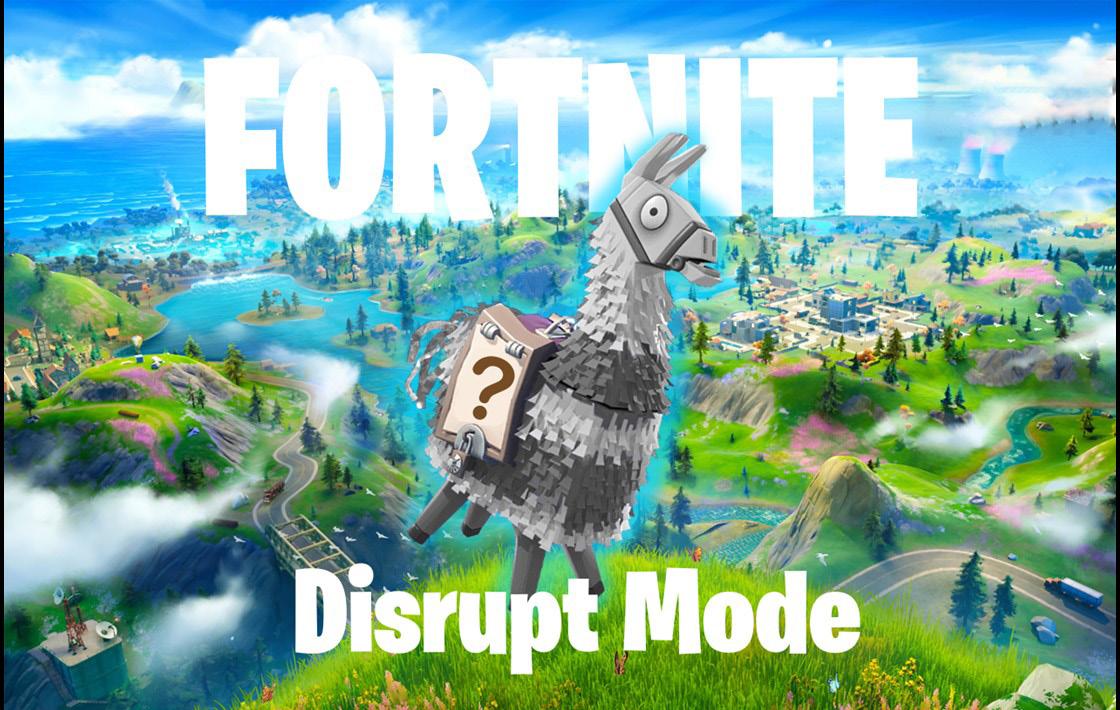
The goal for this project was to design a better way for people with motor skill disabilities, who struggle with online first-person shooter, to be able to become a part of the gaming community without having to feel intimidated.

The way I planned to achieve this was by creating a leveled playing field, increasing the chances of winning, and reducing the competitiveness around the game itself.
I feel like it is important to understand that this is not meant to reverse the roles in any manner, but it is meant as an invitation into a gaming genre by making it a bit more unpredictable and increasing anybody’s chances to win.
100 DISRUPT MODE
Goal

DISRUPT MODE 93
Concept
Disrupt Mode essentially works in the “battle royale” genre, in which a player is put against a hundred or so other players in the same map and last one standing is the winner. In this type of genre, the players are put in the map without initial weapons, forcing them to loot and search for weapons and other tactical gear.
When it comes to Disrupt Mode, there is a new crate or loot box to look for, which is the Power Crate in Call of Duty Warzone and the Mystery Lama in Fortnite.

102

103
Once opened, the player will receive a randomized power down, which can be used to power down enemy players. There are a total of 3 power downs that a player could recieve from this crate.

104 DISRUPT MODE
Or you can receive a power up, which will give you a competitive edge against your opponent. There are three different power ups in Disrupt Mode.

105 DISRUPT MODE
Starting with 2x Speed, this power up allows the user to move 2 times the regular speed than normal. It does not affect weapon shooting rate, meaning your movement will be faster but your weapon will still act the same.

106 DISRUPT MODE
106

107 DISRUPT MODE 107
The next power up is the Extra Damage. This allows user to break the enemy’s shield faster and with fewer shots. Even though the weapon will have extra fire power, the recoil won’t be affected. The character will be able to operate its weapon as usual.


108 DISRUPT MODE
108

109 DISRUPT MODE 109
The last power up is Tracker. This allows the user to spot enemy footprints and location, showing in a bright red to optimize visuals and lock on target.

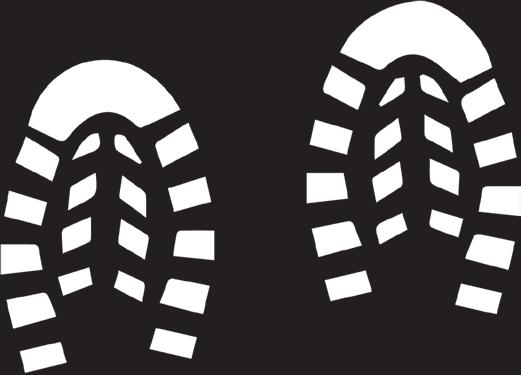
110 DISRUPT MODE
110
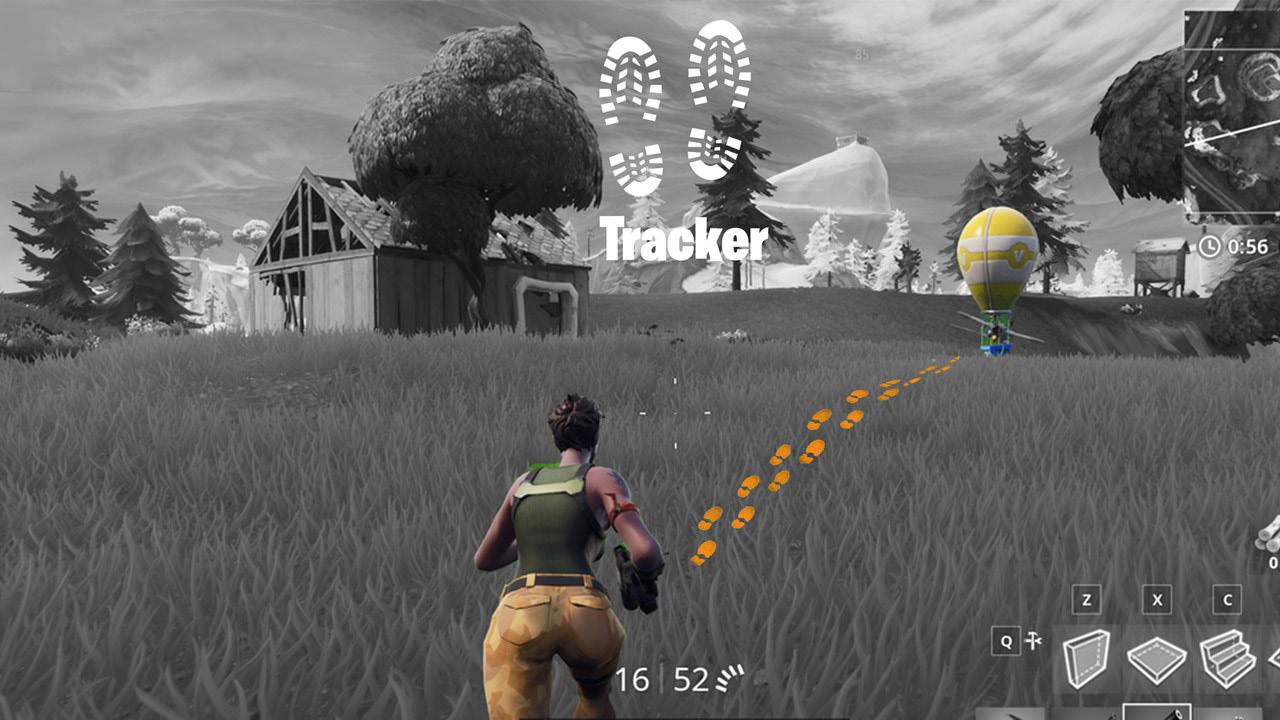
111 DISRUPT MODE 111
Power Downs
Next up are the power downs. As mentioned before these can be used against your enemies, the only catch is that you have be a closer distance from them in order to activate.


The first one is the No Weapons power down. This one takes away any weapon the enemy has for a short period, forcing the enemy to use only fists in order to attack.

114 DISRUPT MODE
114

115 DISRUPT MODE 115
Next up is the reduced speed power down. When activated upon enemy, the character will move slowly in a slow-motion type of manner becoming an easier target.

116 DISRUPT MODE
116
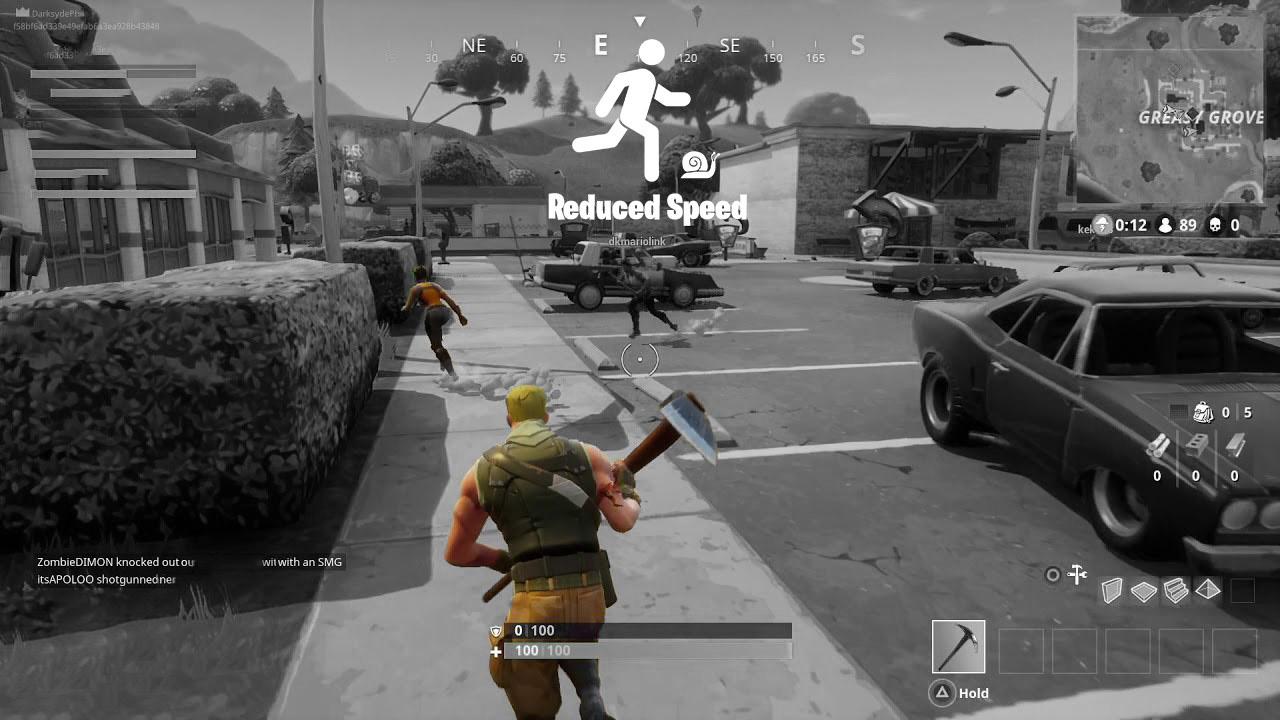
117 DISRUPT MODE 117
Finally, the last one is the Low Visibility Power Down. This power down blinds enemy momentarily forcing them to see most of the screen in a blurry fashion. This power will, affect the enemy for a period of 8 seconds so use wisely.

118 DISRUPT MODE
118

119 DISRUPT MODE 119
Accessibility Options
Disrupt Mode doesn’t end there. Apart from gameplay, the plugin also adds new customizable settings in order to cater to the specific necessities of the intended user, such as the new controller accessibility options. Users can now pick between pre-set accessible controller settings as well as create their own button layout. In the case that the user has a third-party controller, the new settings also allow for custom calibration, as well as a customized button layout.


120
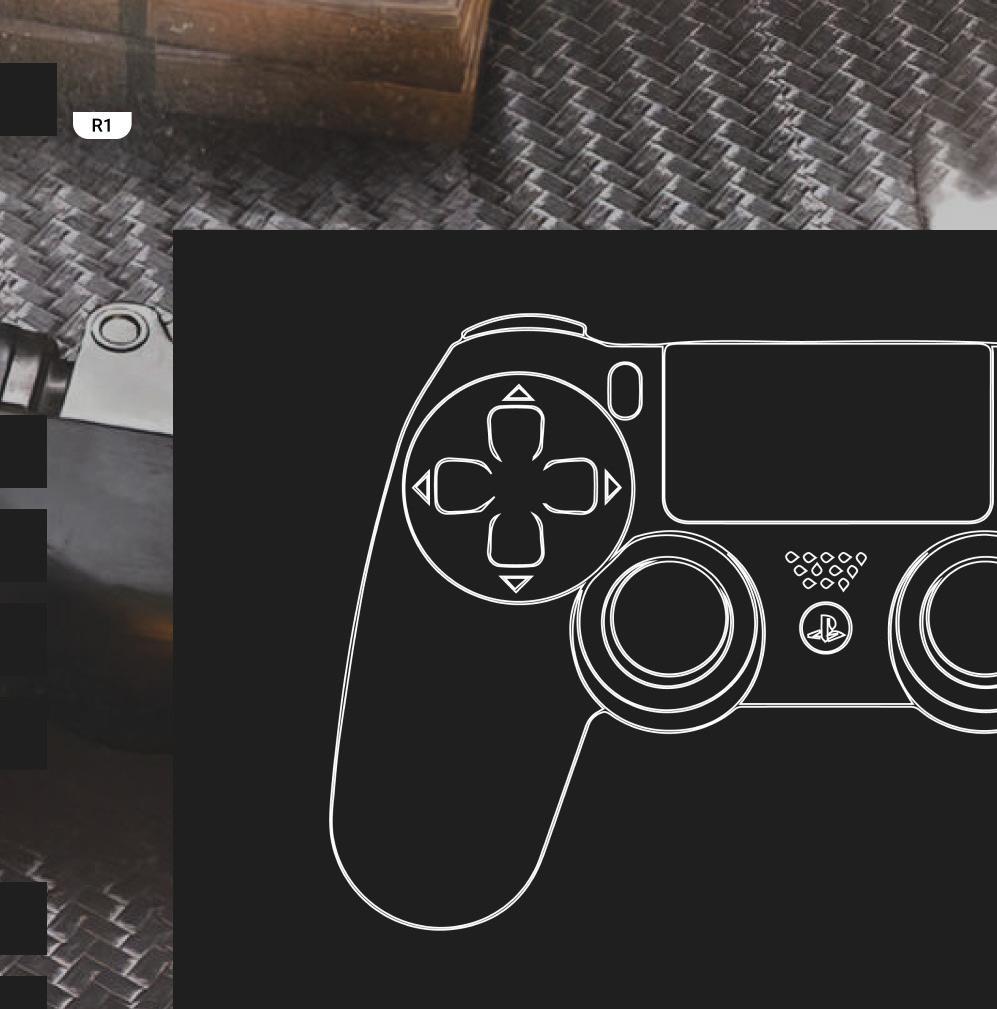
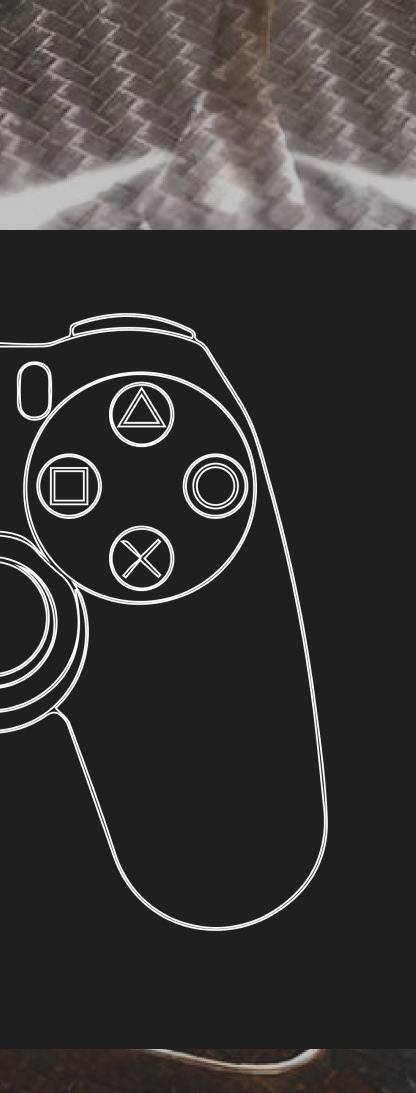
121
User Flow


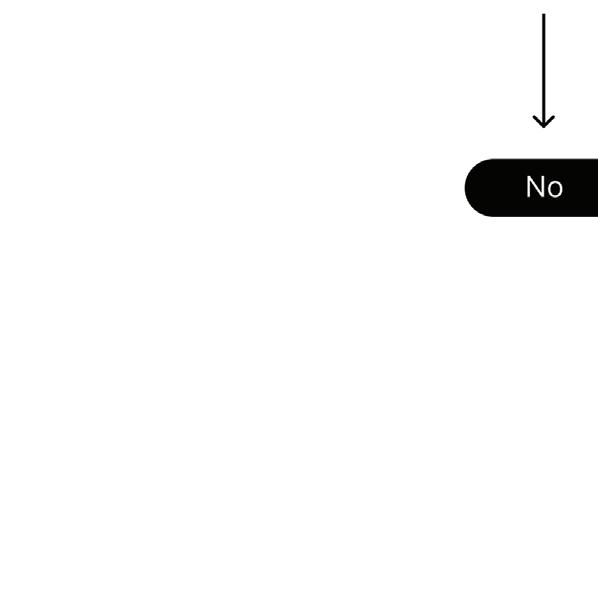












The first exercise in this project that put me in the position of the user was the User Flow. In here, I noticed that it was of upmost importance that I included these customizable settings. Allowing for more ambiguous setting changes in order to cater to specific player needs through a more flexible settings interface.

122
DISRUPT MODE
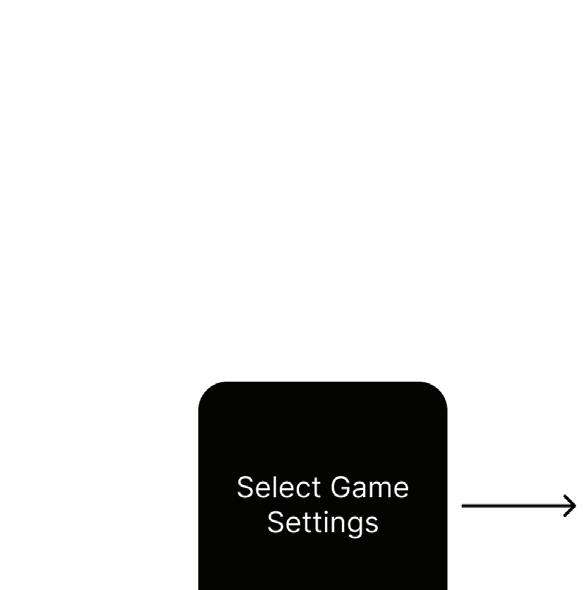






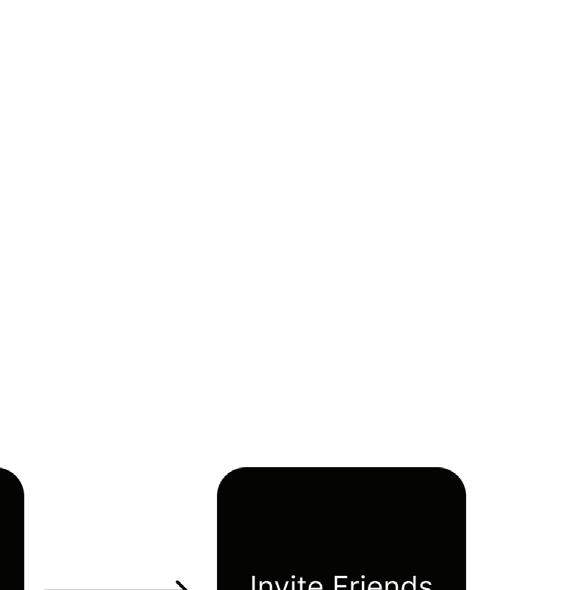








123 DISRUPT MODE
User Flow



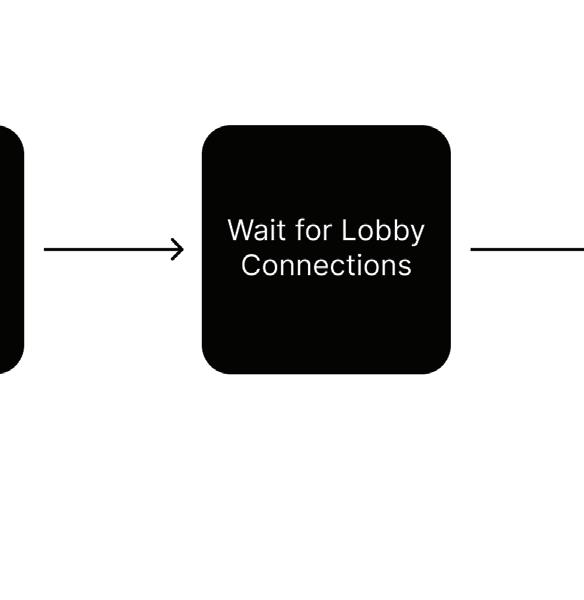
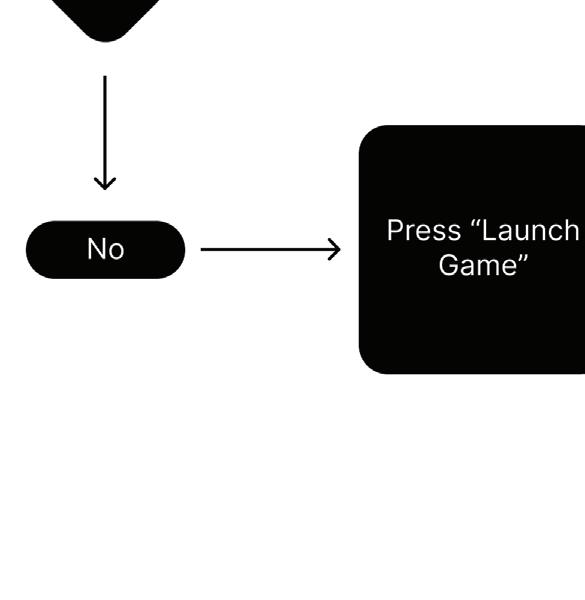




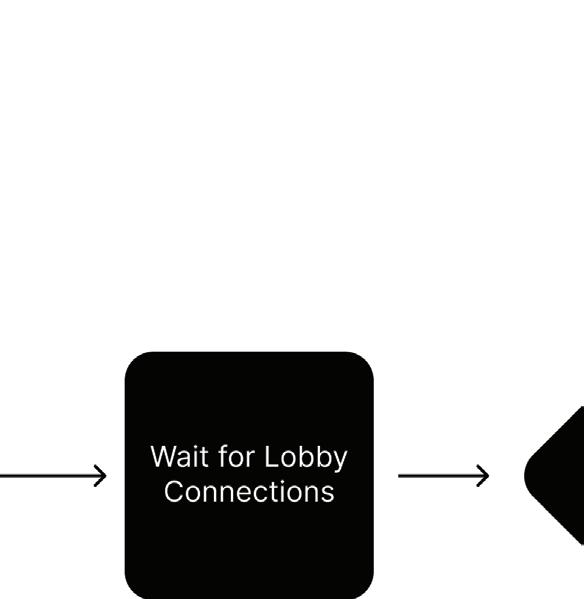

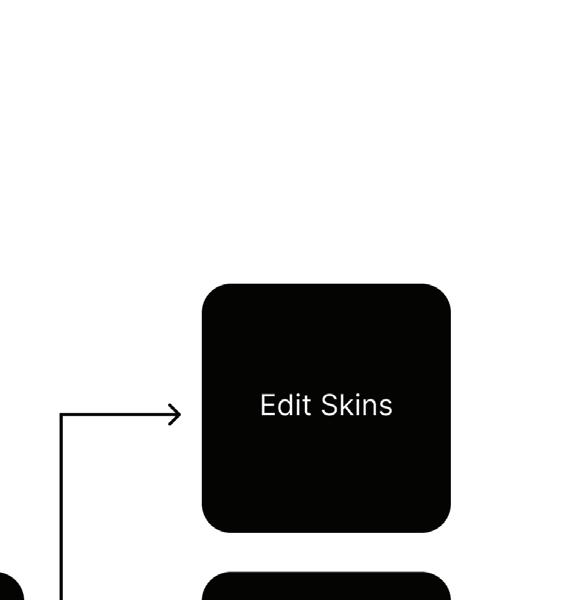






124
DISRUPT MODE












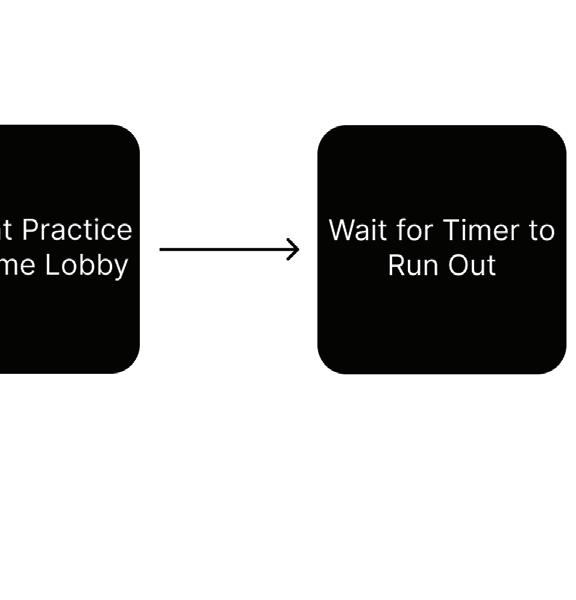

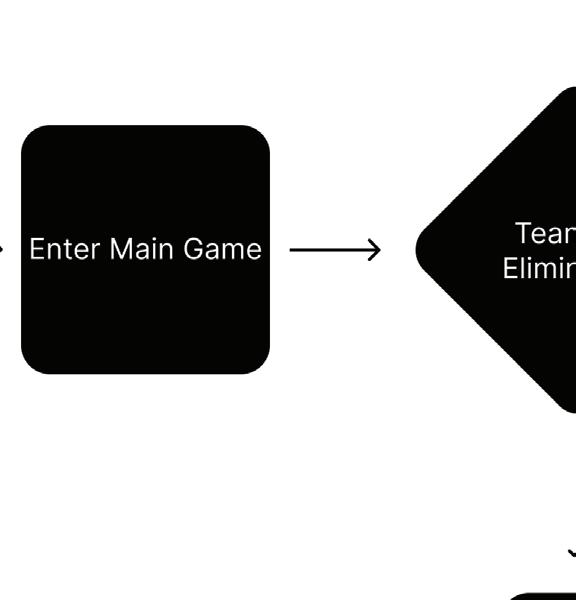



125 DISRUPT MODE
User Research
I conducted user research with 4 competitive gamers in order to look into the prototype screens and give profesional feedback on them. In the end, the feedback was divided into three main categories. The usability and navigation, the gameplay, and the accessibility options.
For Usability and navigation there was one important factor that the testers expressed as a need, and it was for it to blend well with the original menu of the game without interfering with their flow. They believed that the prototype did a decent job at it specifically because it doesn’t interrupt their usability flow in relation to the original menu.
In terms of the accessibility settings, the testers thought that they might use these settings for themselves and that they had potential to be universally used. In the other hand, one of the testers thought that people would abuse the settings for their advantage against other in the game.
Finally, for gameplay they saw potential in using this game mode as an entry point into the competitive modes. Some of them mentioned how it could be a good training aid. Moreover, 75% of the gamers thought that the game mode would level the playing field and those same testers expressed that they were willing to play the mode for non-competitive play.
126
DISRUPT MODE

127 DISRUPT MODE
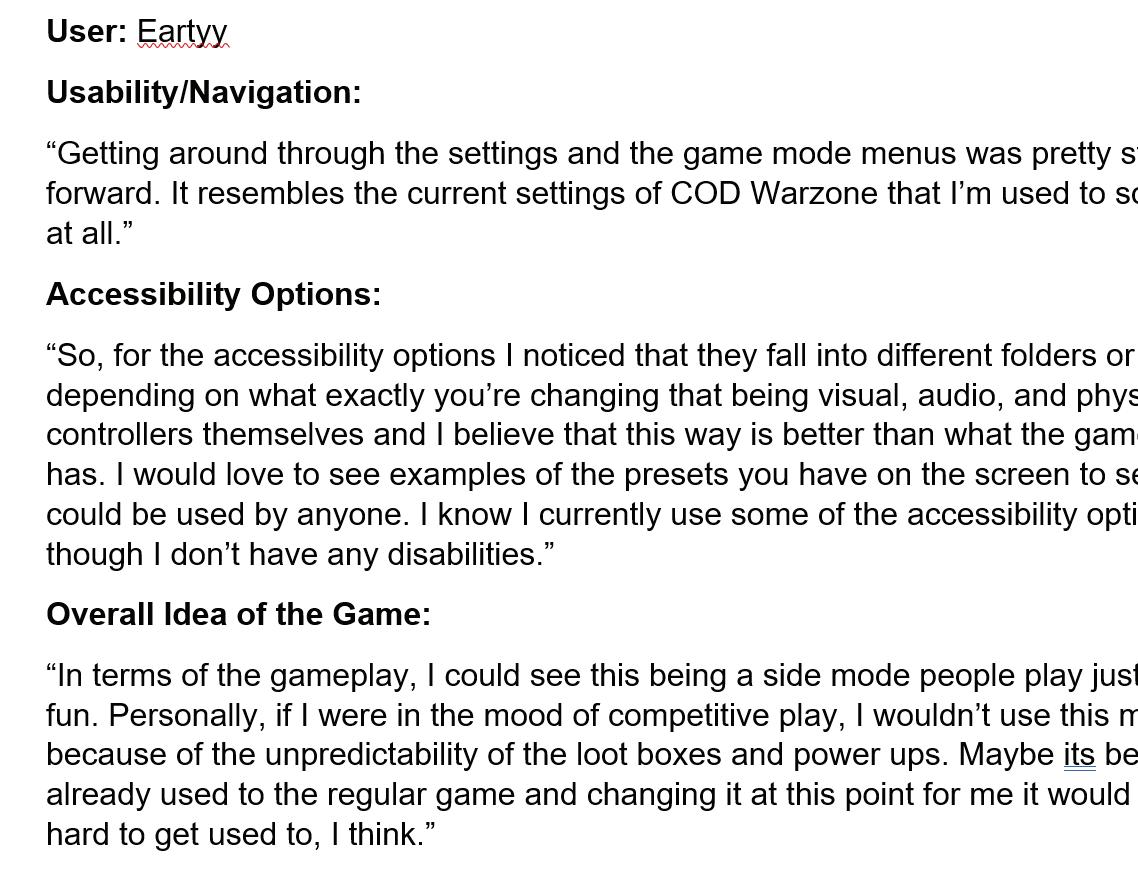

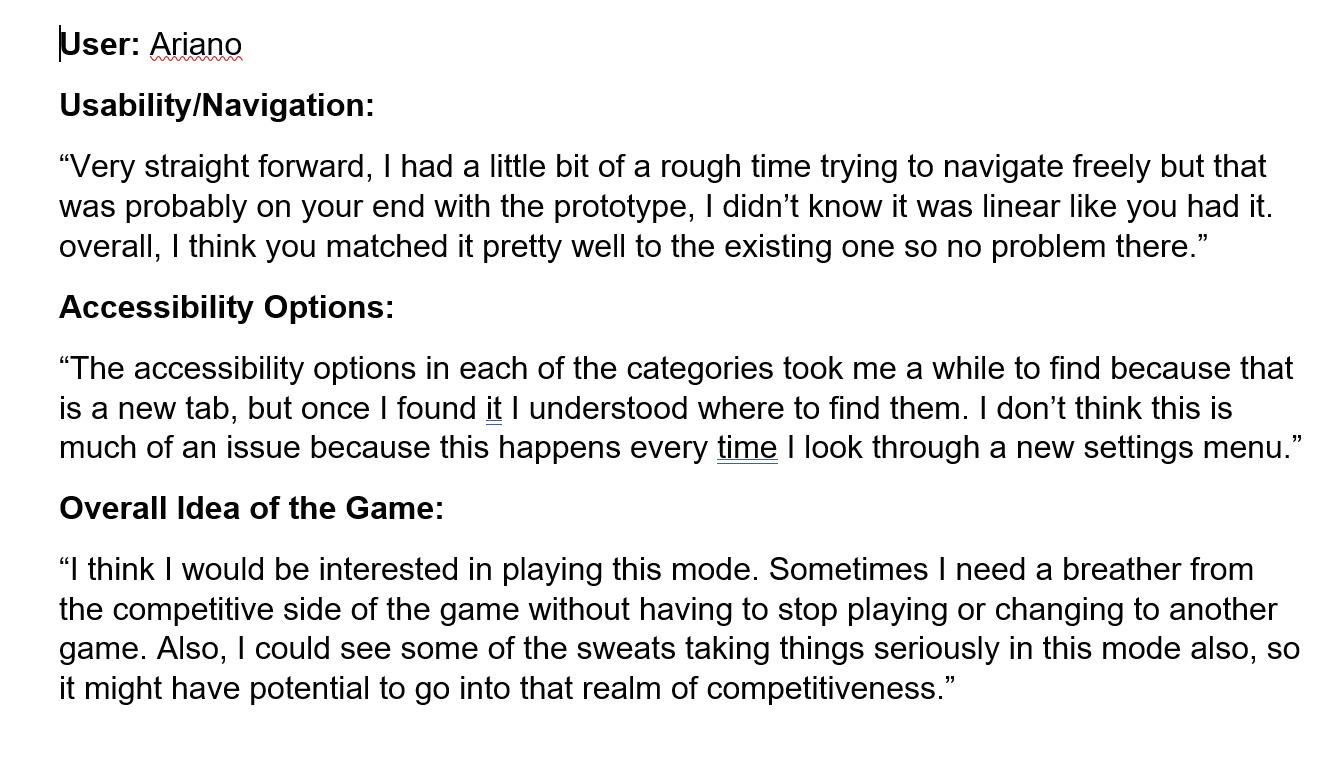
128 DISRUPT MODE


129 DISRUPT MODE
130
PLAYMAKER
PLAYMAKER
131
08
08
PLAYMAKER
This project explores the personal side of the design journey that I intend to take my audience through. The essential thought behind it was that If my brother was the initial inspiration for the subject of my thesis, then I knew that I had to dedicate a project just for him.
I present to you all the Playmaker. The Playmaker is an adaptive gaming controller designed to sit on my brother’s lap without having to use his hands or a desk to support it.
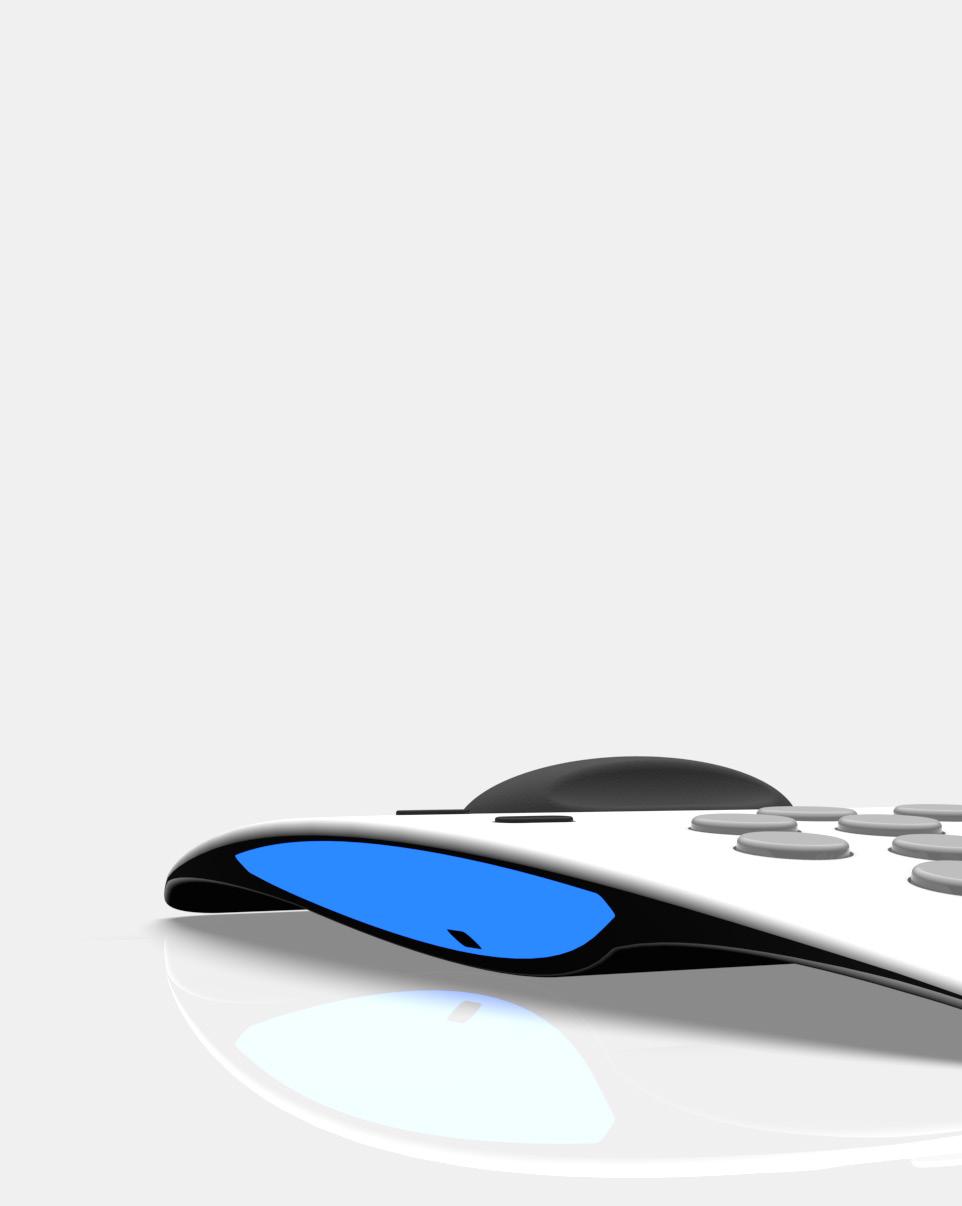
PLAYMAKER 08
132
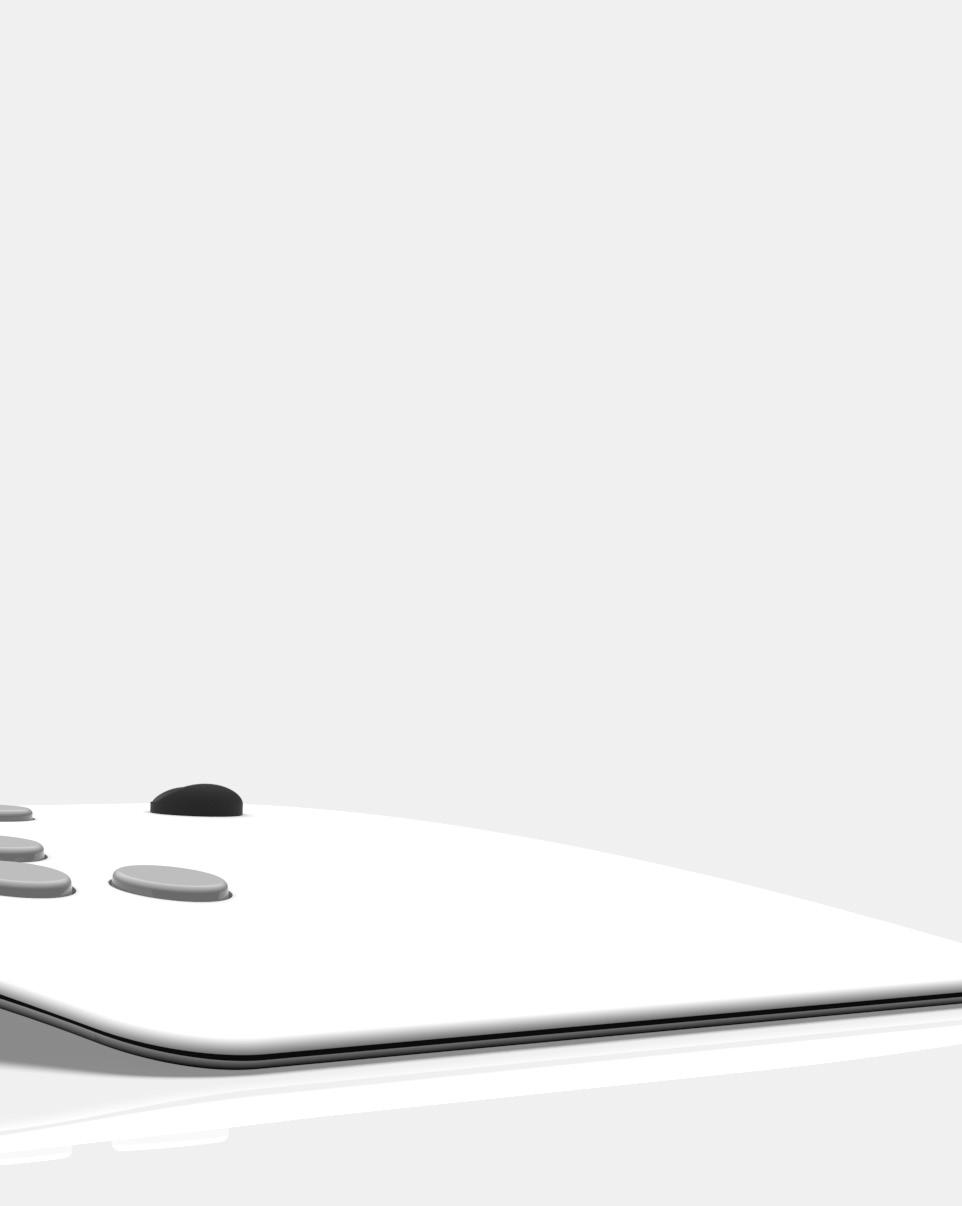
PLAYMAKER 133
Features
The design features 8 main buttons and a thumb joystick on the left side intended to be used with his hand in a resting fashion.

PLAYMAKER 134
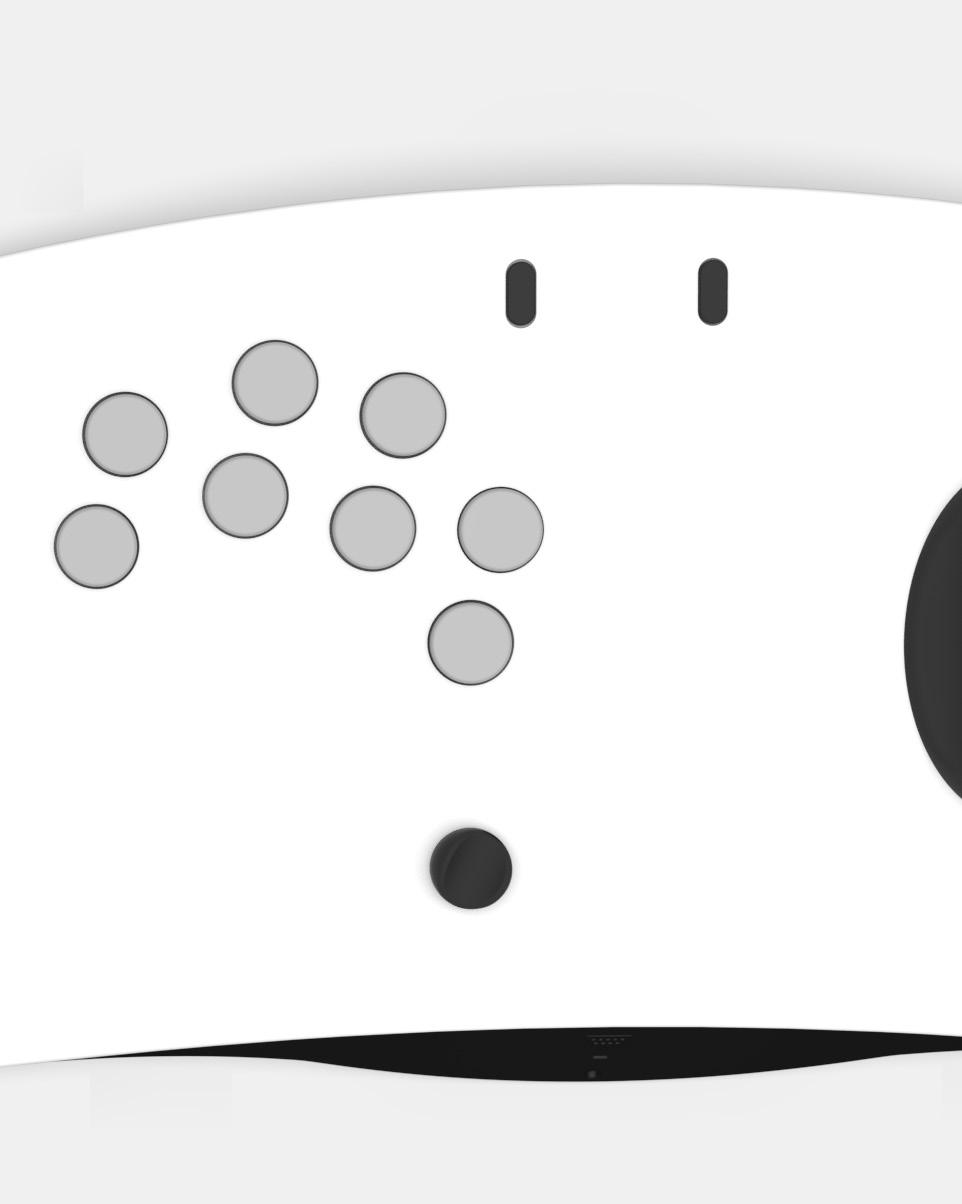
PLAYMAKER 135

PLAYMAKER 136
Features
As well as a mouse-like palm joystick on the right side, intended to be used by his nondexterous hand. Both the thumb and palm joysticks click when pushed in, adding two more usable buttons that he could later assign function to.

PLAYMAKER 137

PLAYMAKER 138
Features
Furthermore, the controller features a mic and speaker combination in the front frace.

PLAYMAKER 139
Features
Finally, a USB-C port on the back for charging, as well as an LED panel.
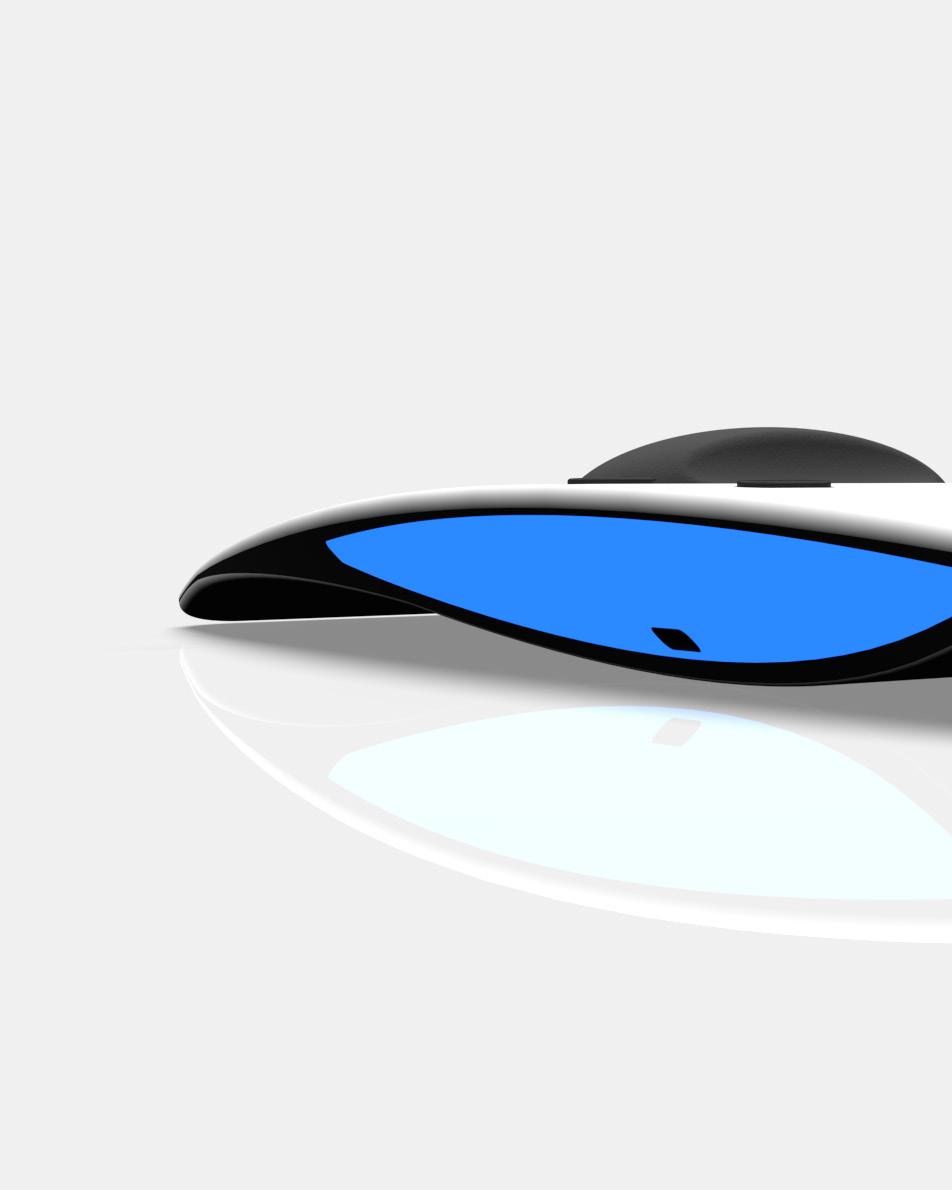
PLAYMAKER 140
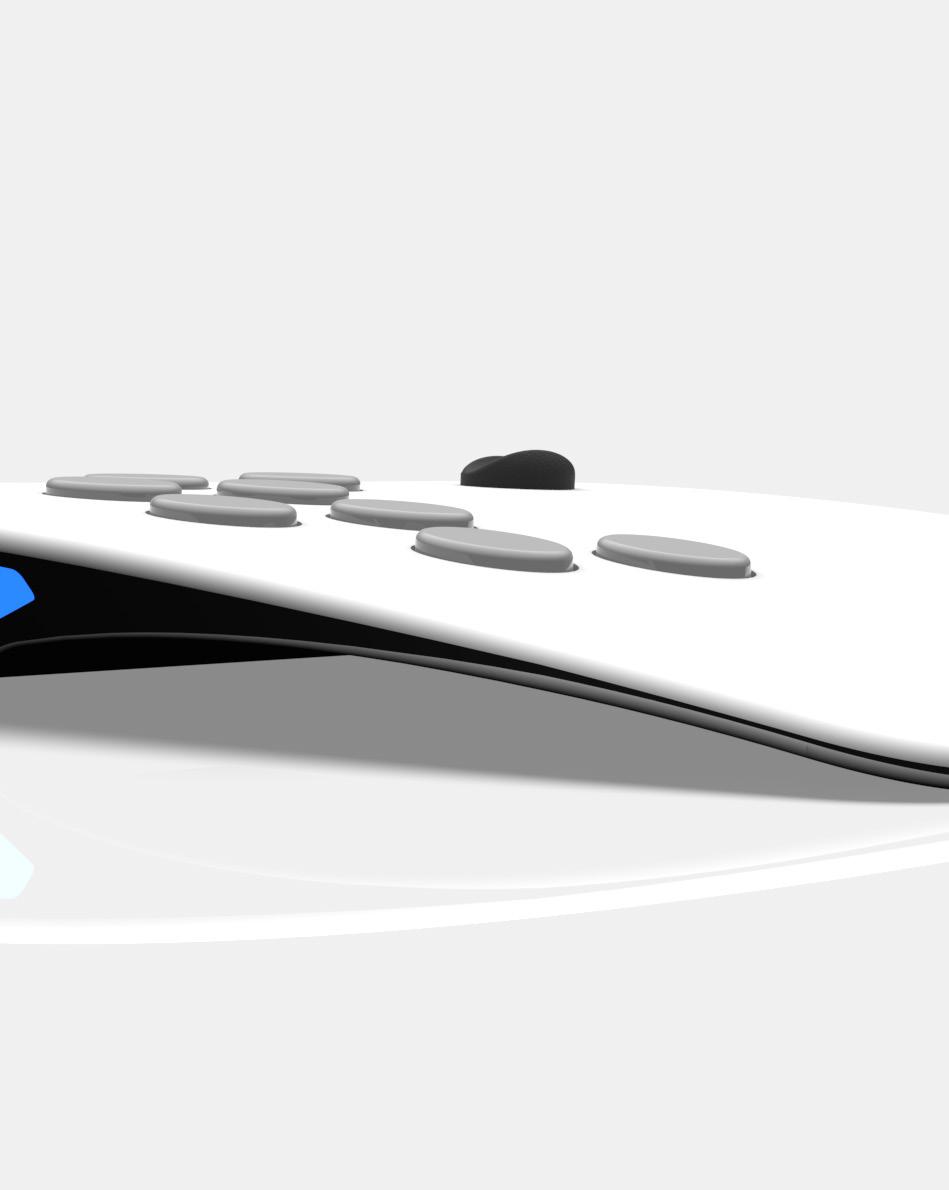
PLAYMAKER 141
Ideation



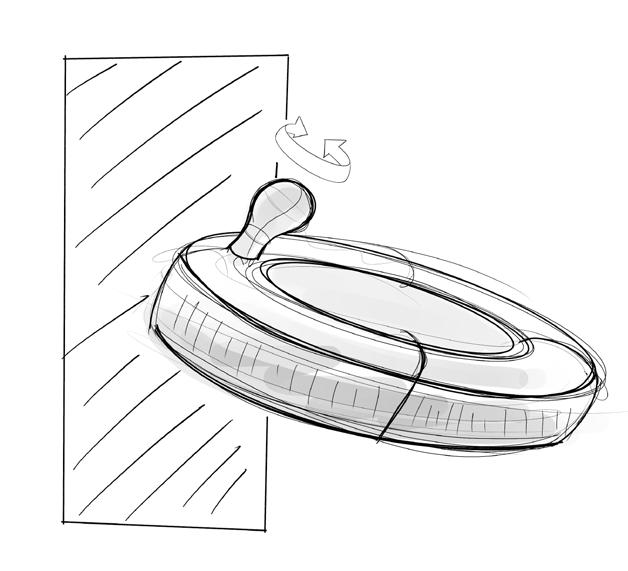



The ideation process for this project included 3 rounds of sketches and explorations as well as 2 rounds of sketch models.



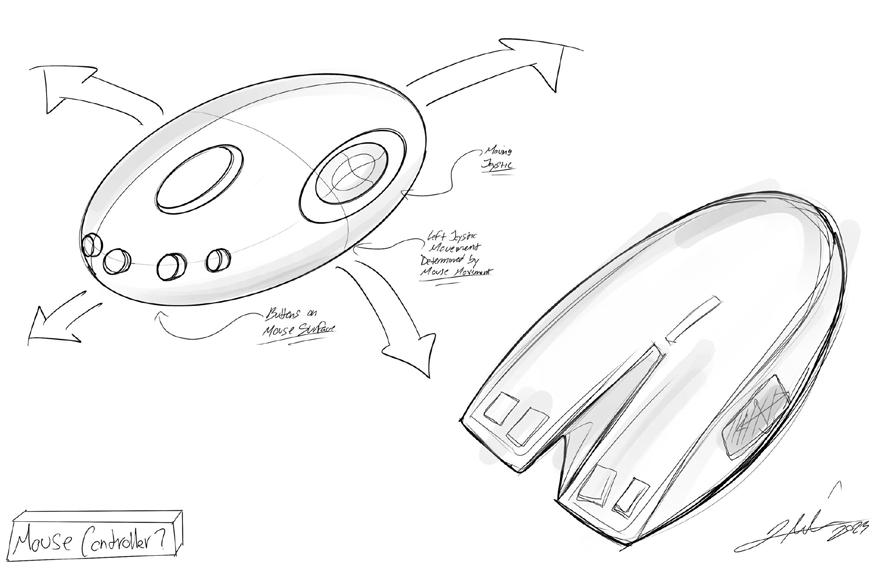
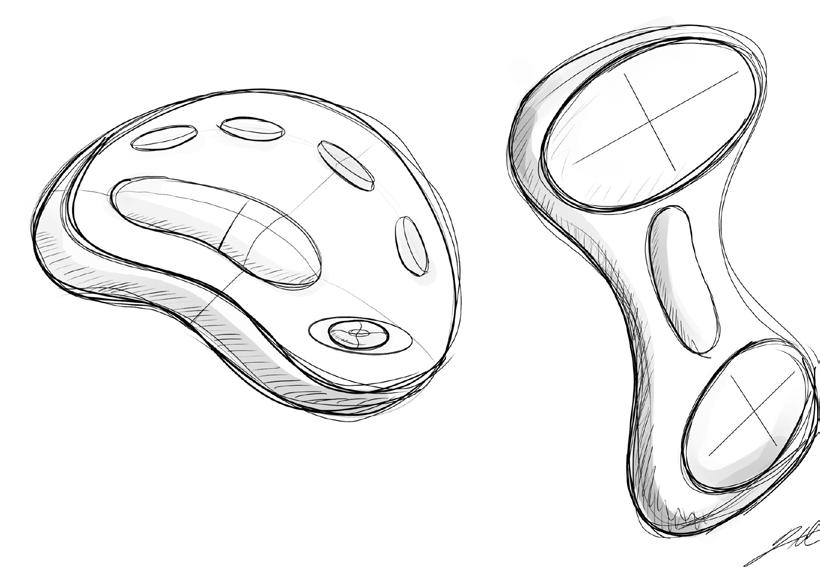


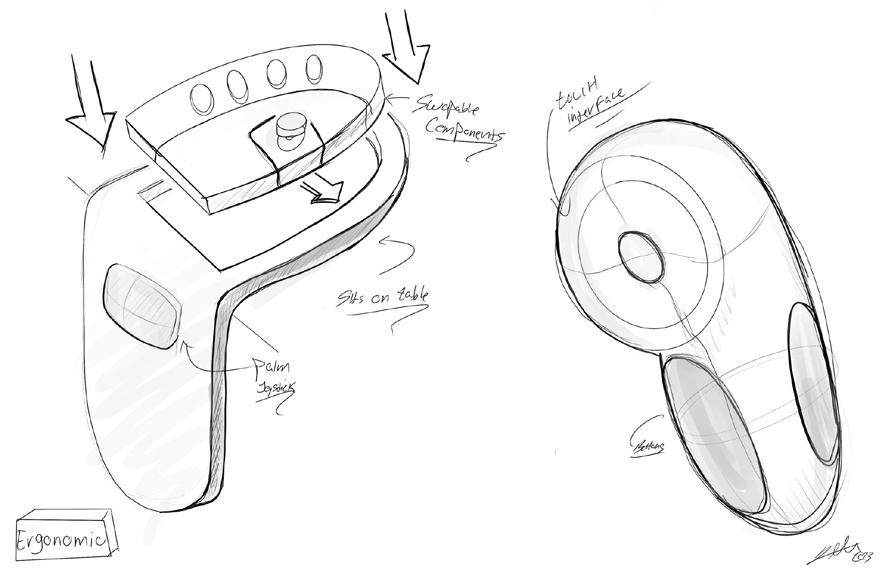
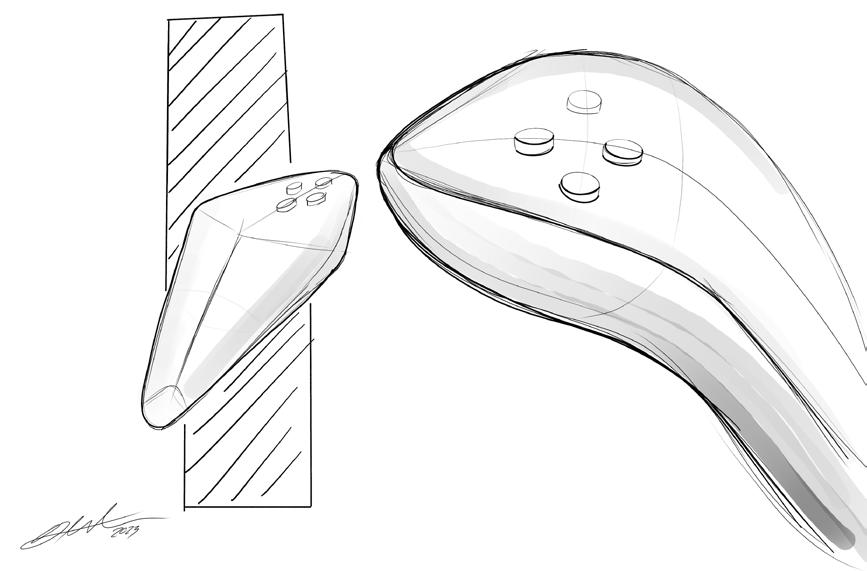
142





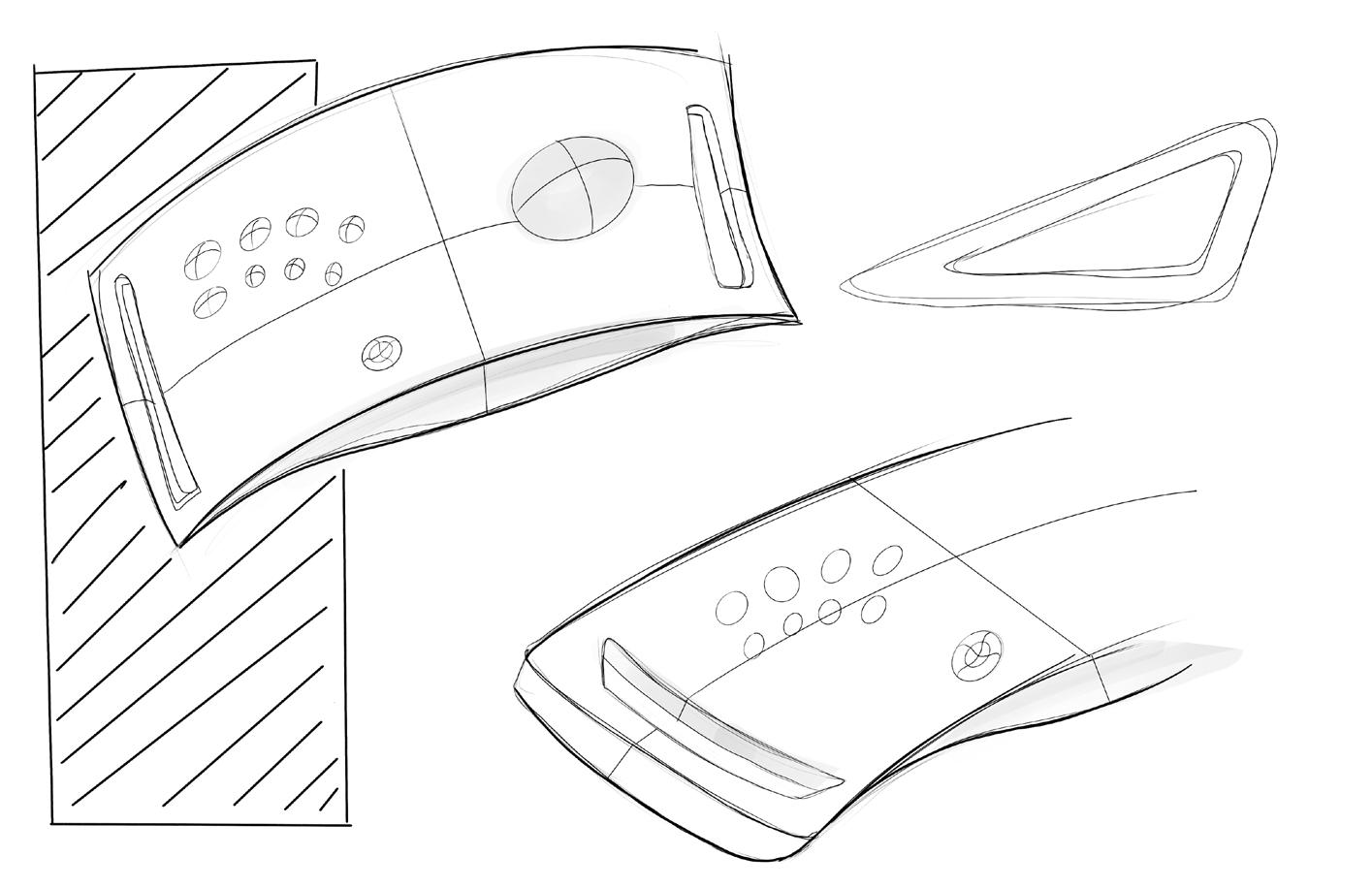

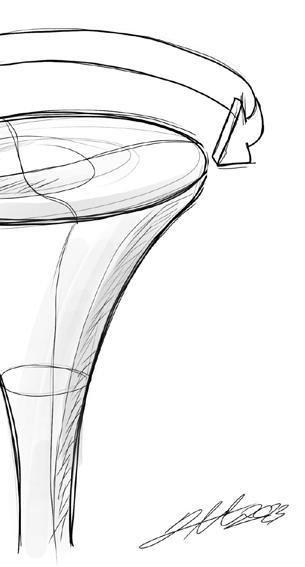


Technical Drawings

144 PLAYMAKER
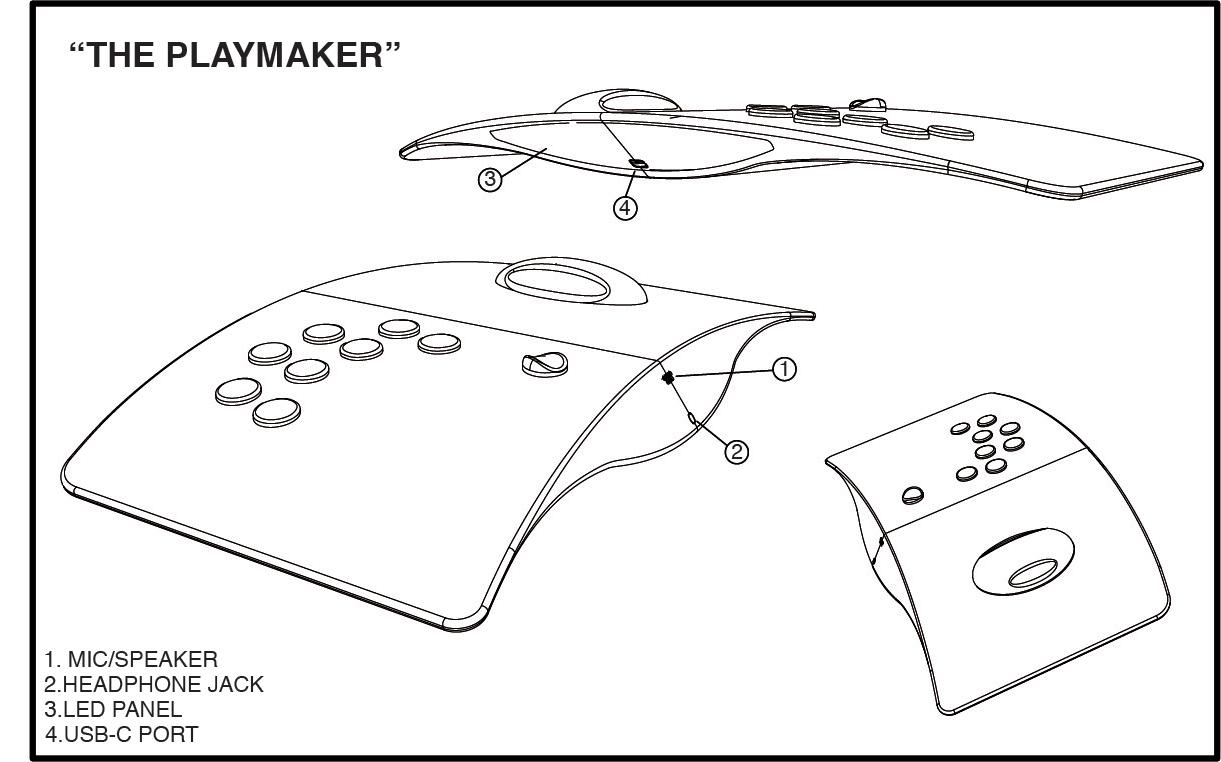
145 PLAYMAKER
Sketch Models
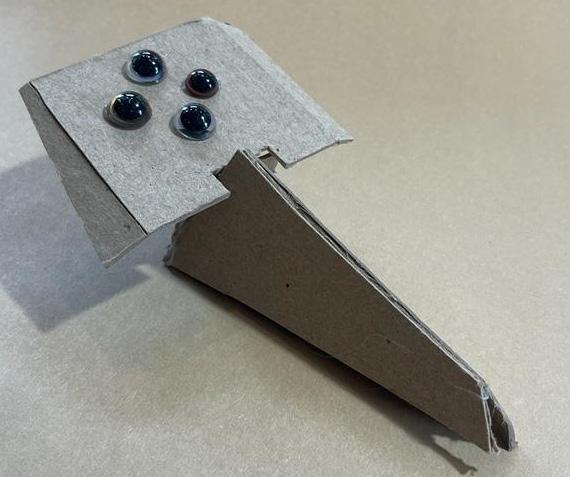
The two rounds of sketch models served me as a great learning tool in order to gather data regarding user interaction. Having people interact with these models informed the overall form of the product as well as button placement.

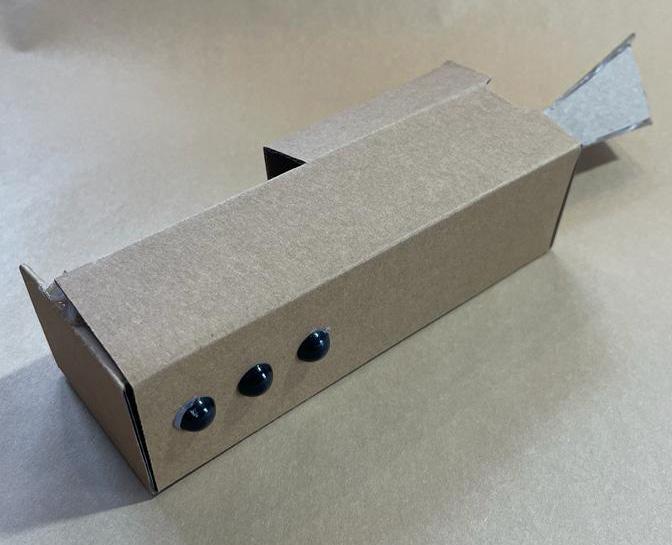
146 PLAYMAKER


147 PLAYMAKER
Physical Model



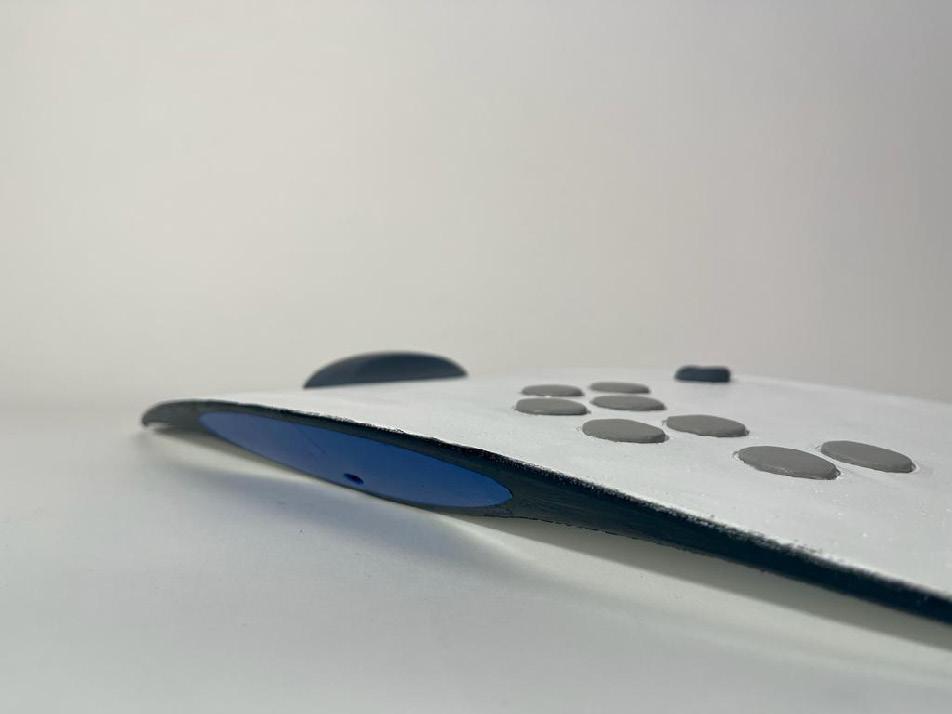
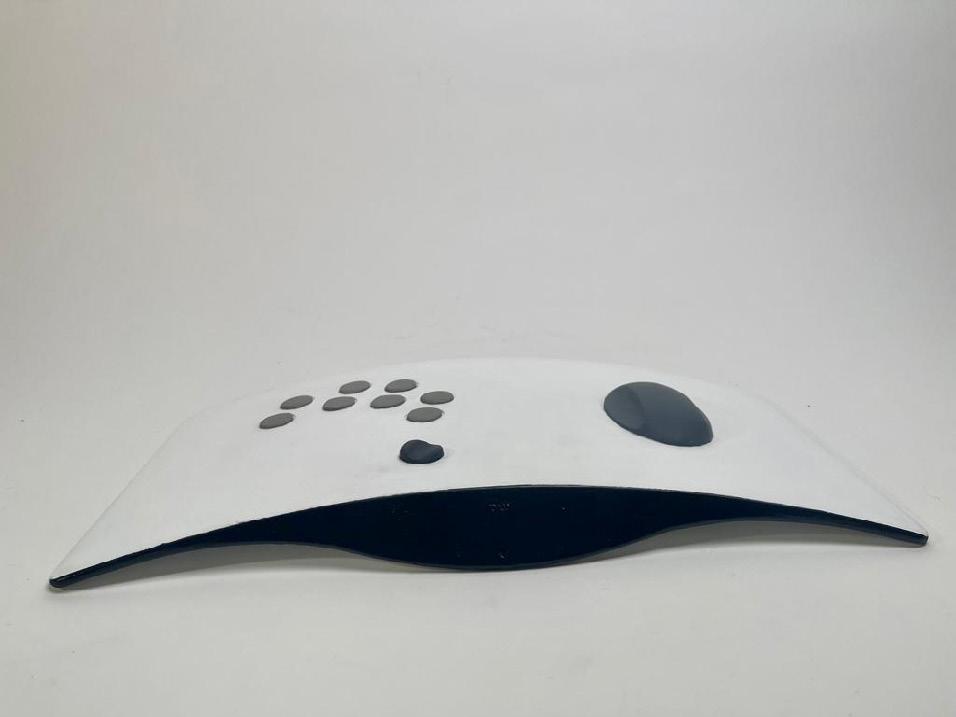
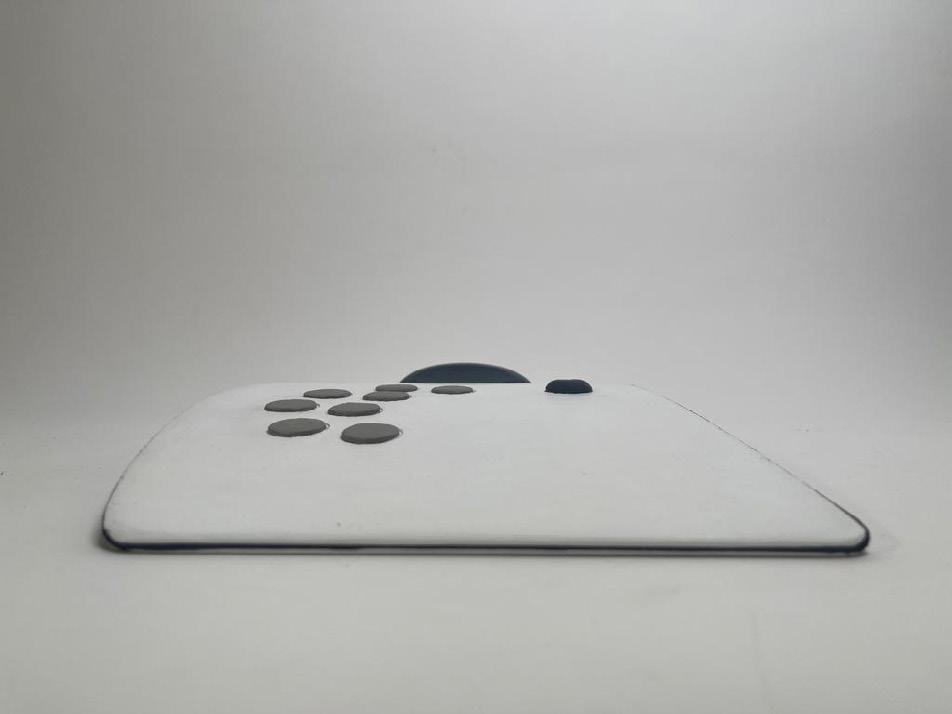
148 PLAYMAKER
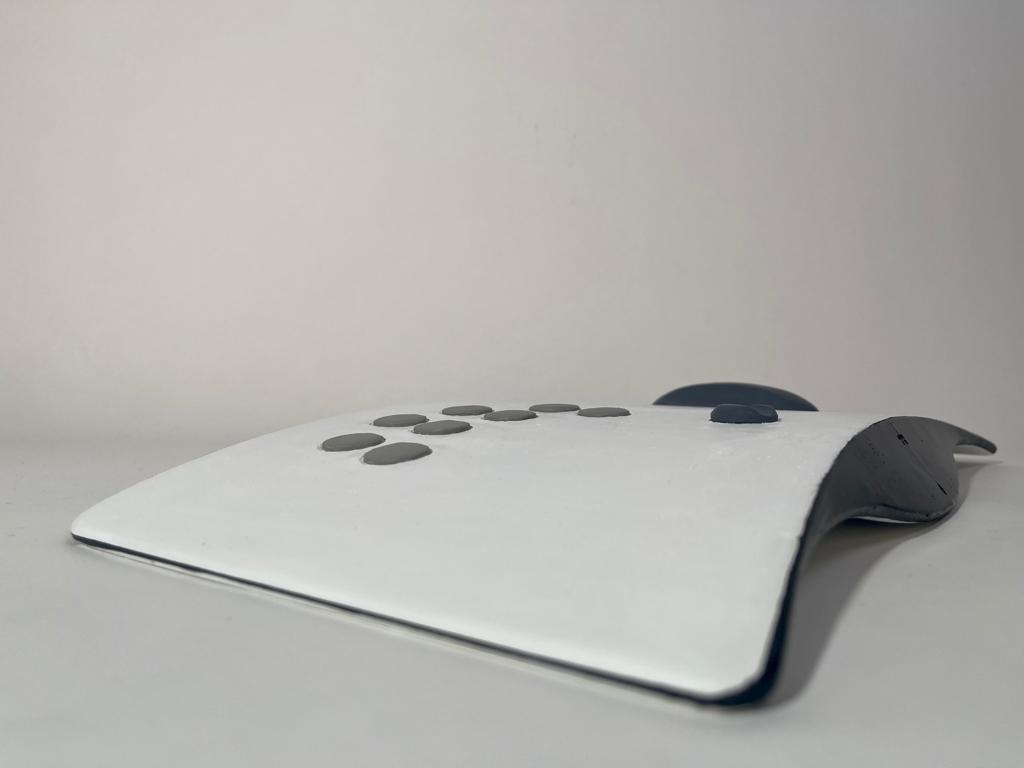
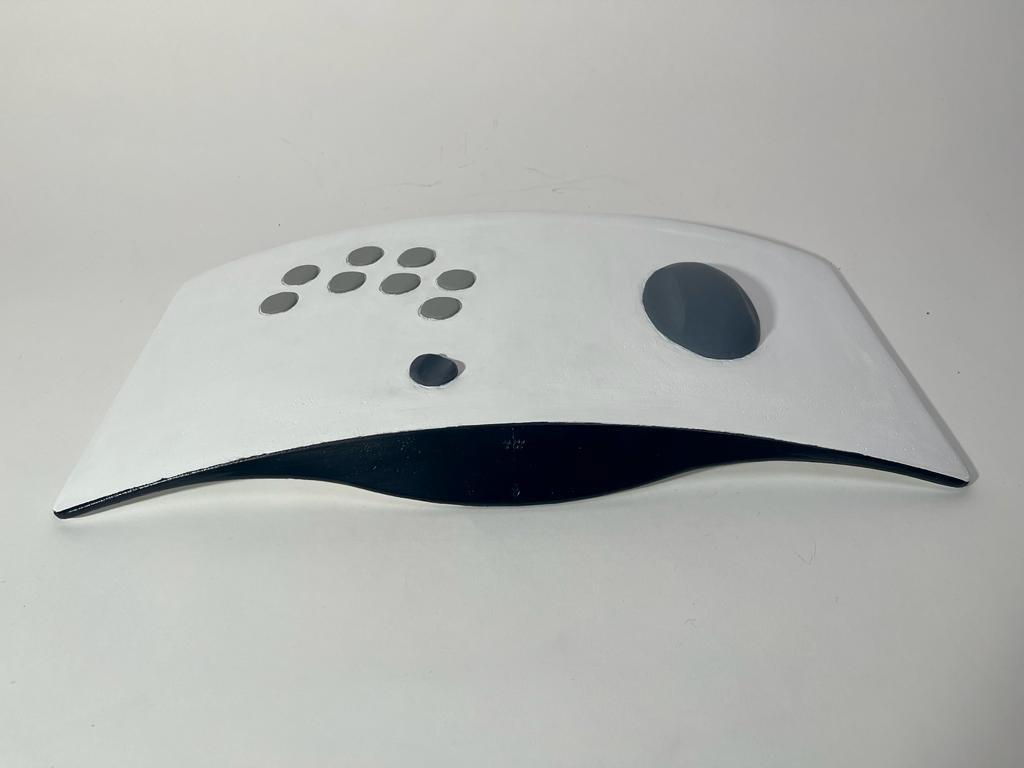
149 PLAYMAKER
Process Pictures



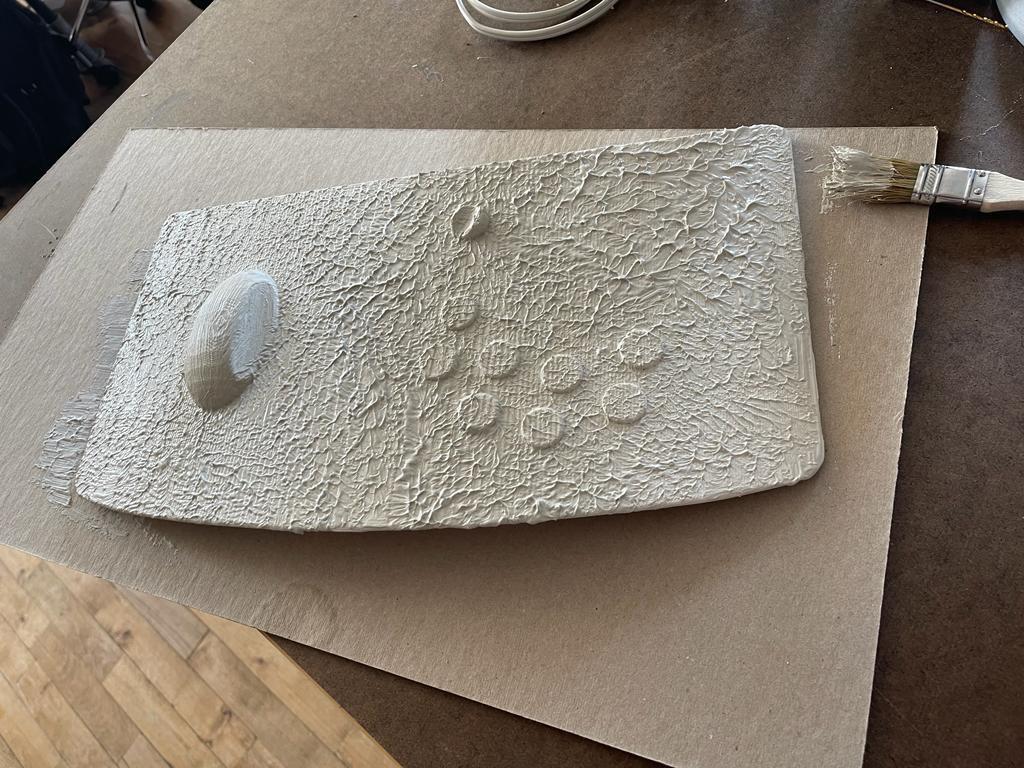
150 PLAYMAKER
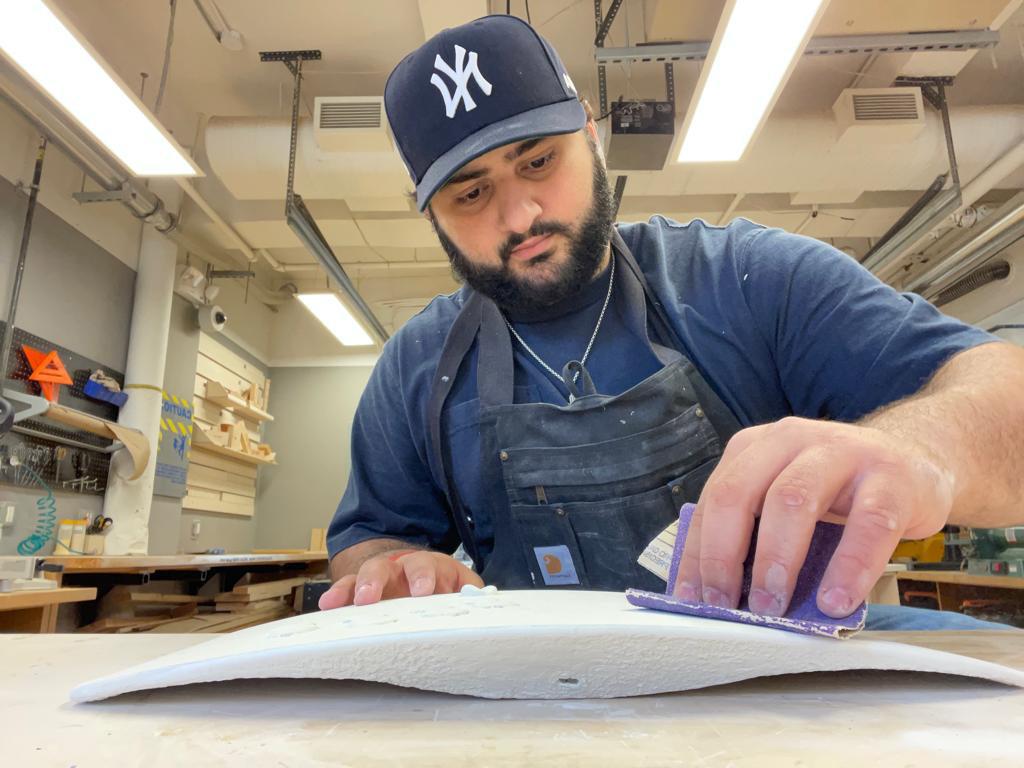
151 PLAYMAKER
152
153 AKNOWLEDGEMENTS 09 AKNOWLEDGEMENTS 09
AKNOWLEDGEMENTS
I want to dedicate this section of the book to thank my brother for allowing me to tell his story and for always being my motivation and inspiration, not just for this thesis. Thank you for always being there for me and for being someone I can look up to. I love you with all my heart, Rafa.
I also want to thank my parents, Marisol and Rafico, for supporting me throughout all my years of design school, giving me the privilege of having an outstanding education throughout my life and for supporting me in the pursuit of my dreams. I appreciate all of the hard work and sacrifice that was done in order to make this happen, I hope I can one day return the favor.
To Amanda Blazquez, thank you for being my rock throughout all of my time in design school. I wouldn’t have been able to do anything without your motivation, support, and love. Thank you for always pushing me to become a better person and for standing by my side no matter what.
Finally, to all the professors, instructors and SVA staff that guided me throughout this process, thank you for your dedication, time, and patience.
154 AKNOWLEDGEMENTS 09
Special thanks to:


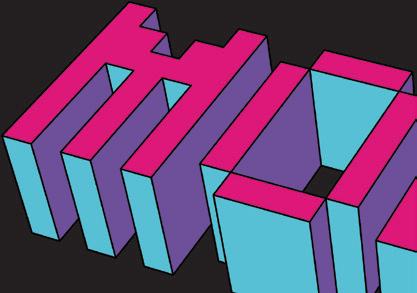
Allan Chochinov
Sinclair Smith
Sam Potts
Emilie Batlz
Krissi Xenakis
Bill Cromie
Kristine Mudd
Pierre Alexander de Looz
Alexia Cohen
155 AKNOWLEDGEMENTS
155
156
REFERENCE MATERIAL REFERENCE MATERIAL 10
157 10
BIBLIOGRAPHY
1. “5 Ways Video Games Can Help Kids with Disabilities.” Common Sense Media. Accessed November 2, 2022. https://www.commonsensemedia.org/articles/5-ways-video-gamescan-help-kids-with-disabilities.
2. “Accessibility & Video Games: All Ages Gaming for People with Disabilities.” @verizon. Accessed September 2022. https://www.verizon.com/about/blog/video-gameaccessibility.
3. “How Video Games Benefit Students with Special Needs.” Accessed November 2, 2022. https://www.aane.org/video-games-benefit-students-special-needs/.
4. “Video Games Are for People with Disabilities Too.” Level Access, January 31, 2021. https:// www.levelaccess.com/resources/video-games-everyone/.
5. “Video Games Are for People with Disabilities Too.” Level Access, January 31, 2021. https:// www.levelaccess.com/resources/video-games-everyone/.
6. Aguado-Delgado, Juan, José-María Gutiérrez-Martínez, José R. Hilera, Luis de-Marcos, and Salvador Otón. “Accessibility in Video Games: A Systematic Review - Universal Access in the Information Society.” SpringerLink. Springer Berlin Heidelberg, August 10, 2018. http://link.springer.com/10.1007/s10209-018-0628-2.
7. Baig, Edward C. “Video Games Are a ‘Great Equalizer’ for People with Disabilities.” USA Today. Gannett Satellite Information Network, May 16, 2019. https://www.usatoday. com/story/tech/2019/05/09/passionate-video-gamers-dont-let-their-disabilities-stopthem/3661312002/.
8. Baig, Edward C. “Video Games Are a ‘Great Equalizer’ for People with Disabilities.” USA Today. Gannett Satellite Information Network, May 16, 2019. https://www.usatoday. com/story/tech/2019/05/09/passionate-video-gamers-dont-let-their-disabilities-stopthem/3661312002/.
9. Brooks, Laken. “Disabled Gamers Turn Video Games into Self-Care.” Forbes. Forbes Magazine, October 13, 2021. https://www.forbes.com/sites/lakenbrooks/2021/10/13/ disabled-gamers-are-using-video-games-for-self-care/.
10. Charity, AbleGamers. “Quest to Game: Dylan.” The AbleGamers Charity, October 27, 2022. https://ablegamers.org/quest-to-game-dylan/.
11. Charity, AbleGamers. “The Benefits of Playing Video Games for People with Disabilities.” The AbleGamers Charity, October 28, 2022. https://ablegamers.org/the-benefits-ofplaying-video-games-for-people-with-disabilities/.
12. Charity, AbleGamers. “The Prevalence of Social Isolation among PWD (and How to Combat It).” The AbleGamers Charity, October 28, 2022. https://ablegamers.org/theprevalence-of-social-isolation-among-pwd-and-how-to-combat-it/.
158 REFERENCE MATERIAL
13. Charity, AbleGamers. “The Social Benefits of Video Games for People with Disabilities.” The AbleGamers Charity, October 28, 2022. https://ablegamers.org/the-social-benefitsof-video-games-for-people-with-disabilities/.
14. Cieślak, Karolina. “Gaming for Disabled - How to Make Games Accessible for People with Disabilities?” Try Evidence, April 29, 2022. https://tryevidence.com/blog/gamingfor-disabled-how-to-make-games-accessible-for-people-with-disabilities/.
15. Cieślak, Karolina. “Gaming for Disabled - How to Make Games Accessible for People with Disabilities?” Try Evidence, April 29, 2022. https://tryevidence.com/blog/gamingfor-disabled-how-to-make-games-accessible-for-people-with-disabilities/.
16. Ellis, Katie, and Kai-Ti Kao. “Who Gets to Play? Disability, Open Literacy, Gaming.” Cultural Science Journal, January 1, 2019. https://sciendo.com/it/article/10.5334/csci.128.
17. GamesHub. “How Inclusive Design in Video Games Benefits Everyone.” GamesHub, June 15, 2022. https://www.gameshub.com/news/opinions-analysis/accessibility-day2022-how-inclusive-design-features-in-video-games-benefit-many-19161/.
18. Miller, Hawken. “‘It’s My Escape.’ How Video Games Help People Cope with Disabilities.” The Washington Post. WP Company, December 10, 2019. https://www.washingtonpost. com/video-games/2019/10/14/its-my-escape-how-video-games-help-people-copewith-disabilities/.
19. Nerdvana. “Accessible Gaming: Benefits and Needs of Accessibility in Video Games.” Nerdvana, July 13, 2021. https://nerdvanamedia.com/technology/the-benefits-of-andneed-for-accessibility-in-gaming/152518/.
20. West Virginia Public Broadcasting | By Liz McCormick. “Leveling the Playing Field, Video Games Empower People with Disabilities.” WVPB, September 4, 2019. https:// www.wvpublic.org/news/2019-09-04/leveling-the-playing-field-video-games-empowerpeople-with-disabilities.
159 REFERENCE MATERIAL
ENDNOTES
1. Ellis, Katie, and Kai-Ti Kao. “Who Gets to Play? Disability, Open Literacy, Gaming.” Cultural Science Journal, January 1, 2019. https://sciendo.com/it/article/10.5334/ csci.128.
2. Charity, AbleGamers. “The Benefits of Playing Video Games for People with Disabilities.” The AbleGamers Charity, October 28, 2022. https://ablegamers.org/thebenefits-of-playing-video-games-for-people-with-disabilities/.
3. Ellis, Katie, and Kai-Ti Kao. “Who Gets to Play? Disability, Open Literacy, Gaming.” Cultural Science Journal, January 1, 2019. https://sciendo.com/it/article/10.5334/ csci.128.
4. Charity, AbleGamers. “The Benefits of Playing Video Games for People with Disabilities.” The AbleGamers Charity, October 28, 2022. https://ablegamers.org/thebenefits-of-playing-video-games-for-people-with-disabilities/.
5. Charity, AbleGamers. “The Prevalence of Social Isolation among PWD (and How to Combat It).” The AbleGamers Charity, October 28, 2022. https://ablegamers.org/theprevalence-of-social-isolation-among-pwd-and-how-to-combat-it/.
6. Ibid
7. Ibid
8. Charity, AbleGamers. “The Prevalence of Social Isolation among PWD (and How to Combat It).” The AbleGamers Charity, October 28, 2022. https://ablegamers.org/theprevalence-of-social-isolation-among-pwd-and-how-to-combat-it/.
9. Ellis, Katie, and Kai-Ti Kao. “Who Gets to Play? Disability, Open Literacy, Gaming.” Cultural Science Journal, January 1, 2019. https://sciendo.com/it/article/10.5334/ csci.128.
10. An empirical study of issues and barriers to mainstream video game accessibility
11. https://writingalchemy.net/2019/02/21/disability-as-a-limitation/
12. Ellis, Katie, and Kai-Ti Kao. “Who Gets to Play? Disability, Open Literacy, Gaming.” Cultural Science Journal, January 1, 2019. https://sciendo.com/it/article/10.5334/ csci.128.
160
REFERENCE MATERIAL




161 REFERENCE MATERIAL
162

























































































































































































































































































































